20+ Years Experience
Specialist Pallet Racking
Warehouse racking repairs are essential for maintaining a safe and efficient storage system in warehouses. These repairs involve identifying and fixing any damage or issues with the various types of warehouse racking used, such as selective racking, drive-in/drive-through racking, push back racking, pallet flow racking, and cantilever racking.
Knowing the signs that indicate the need for warehouse racking repairs is crucial, as it ensures the timely intervention and prevents potential accidents or further damage. Prompt repairs are of utmost importance to maintain the structural integrity of the racking system and prevent disruptions to warehouse operations.
Taking the necessary steps for warehouse racking repairs involves inspecting the racking system, identifying the damage or issue, and assessing its severity. It is advisable to contact a professional racking repair service for the appropriate repairs and to ensure compliance with safety regulations.
Cost considerations play a significant role in warehouse racking repairs. Factors like repair versus replacement, downtime and loss of productivity during repairs, and long-term maintenance planning need to be taken into account when deciding on the most cost-effective solution.
Common warehouse racking repairs include beam replacement or repair, upright straightening, column base plate repair, rack joint reinforcement, and rack protection installation. These repairs ensure the stability and longevity of the racking system, supporting efficient warehouse operations.
Warehouse racking repairs involve fixing damaged or broken racking systems in a warehouse. These repairs are necessary to maintain a safe and functional storage environment. There are several key steps to follow when it comes to warehouse racking repairs:
To ensure efficient repairs, it is recommended to seek professional assistance. They have the expertise and resources required to carry out effective warehouse racking repairs. Regular maintenance and prompt repairs are crucial for optimizing warehouse efficiency and ensuring the safety of workers and inventory.
The common types of warehouse racking are the backbone of efficient warehousing. From selective racking to drive-in/drive-through racking, push back racking, pallet flow racking, and cantilever racking, each sub-section offers unique solutions to optimize your storage space. Let’s explore how these different types of warehouse racking can enhance your operations and maximize productivity.
Selective racking is a common type of warehouse racking system that offers efficient storage and easy access to individual items. Here are some key points to consider:
Drive-In/Drive-Through Racking is a type of warehouse racking system that is designed for high-density storage. It allows forklifts to enter the storage lanes and drive directly into the rack structure. This system is ideal for storing large quantities of the same product and prioritising storage capacity over selectivity. Drive-In Racking utilises a last-in, first-out (LIFO) approach, while Drive-Through Racking enables a first-in, first-out (FIFO) method. This type of racking maximises storage space and is commonly used in industries with low stock rotation and high-volume storage needs, such as the food and beverage or automotive industries.
Pro-tip: Ensure proper forklift training and supervision to prevent accidents in drive-in/drive-through racking systems.
Push Back Racking is a type of warehouse racking system that enables high-density storage. It utilises a series of nested carts that are pushed back along inclined rails to retrieve and store pallets. This system is advantageous for operations that require quick access to multiple SKUs while maximising storage space. Push Back Racking offers increased selectivity compared to Drive-In Racking and is ideal for first-in, last-out (FILO) inventory management. It is commonly used in industries such as food and beverage, pharmaceuticals, and retail. Regular inspection and maintenance of Push Back Racking are important to ensure its safe and efficient operation. Suggestions for effective Push Back Racking maintenance include regular inspections, prompt repairs, and staff training on proper usage.
Pallet Flow Racking is a type of warehouse racking system that utilizes gravity to move pallets from one end to another. This system is designed for high-density storage and efficient inventory rotation. Some key features of Pallet Flow Racking include:
To optimize your Pallet Flow Racking system, consider regular maintenance and inspections to ensure smooth operation and prevent any potential issues. Train your staff on proper loading techniques to avoid damage to the racking system.
Cantilever racking is a type of warehouse racking system designed for storing long and bulky items, such as lumber and pipes. Here are some key points to consider about cantilever racking:
– Versatility: Cantilever racking allows for easy storage and retrieval of long and irregularly shaped items, making it suitable for various industries including construction and manufacturing.
– Design: The design of cantilever racks features horizontal arms that extend from vertical columns, providing a stable structure for storing long materials.
– Accessibility: The open design of cantilever racking allows for quick and easy access to stored items. Forklifts can easily load and unload items from the racks.
– Customization: Cantilever racks can be customized to meet specific storage requirements, including adjustable arm heights and lengths.
– Durability: Cantilever racks are built to withstand heavy loads and provide a high level of stability and safety.
By considering these factors, businesses can make an informed decision when choosing cantilever racking for their warehouse storage needs.
Signs That Warehouse Racking Needs Repair
Timely warehouse racking repairs are crucial in maintaining a safe and efficient warehouse environment. Neglecting repairs may result in serious accidents and injuries for warehouse workers. Damaged racking poses the risk of collapsing, which can lead to damaged inventory and costly losses. Regular inspections and prompt repairs guarantee the identification and resolution of any potential issues. Additionally, it extends the lifespan of the racking system, reducing replacement expenses. Investing in timely repairs showcases a dedication to workplace safety and ultimately enhances productivity and customer satisfaction.
To ensure successful warehouse racking repairs, it is important to take a proactive approach and follow these essential steps. Start by conducting a thorough inspection of the racking system to identify any damage or issues. Next, assess the severity of the damage to determine the necessary course of action. It is advisable to seek the assistance of a professional racking repair service to ensure a successful repair process. By following these steps, you can maintain a safe and efficient warehouse environment.
Inspecting the racking system is a crucial step in warehouse racking repairs to ensure the safety and stability of the structure. Here are the steps involved in inspecting the racking system:
By conducting a thorough inspection, warehouse owners can identify any issues with their racking system and take appropriate measures to address them, ensuring a safe working environment and preventing accidents or damage to stored goods.
Identifying the damage or issue with warehouse racking is essential for effective repairs. Here are some steps to help you identify problems:
1. Conduct regular inspections to identify any visible damage, such as bent beams or misaligned uprights.
2. Look for signs of wear and tear, including rust, corrosion, or loose connections.
3. Pay attention to any unusual noises or vibrations when loading or unloading racks.
4. Check for uneven weight distribution or deflection in the racking system.
5. Monitor inventory movement patterns for potential issues with pallets falling or shelves bowing.
A real-life incident: A warehouse manager noticed a significant decrease in storage capacity and productivity due to damaged racking. Upon inspection, they discovered that a forklift had accidentally hit several uprights, causing structural damage. By promptly identifying the issue, they were able to contact a professional repair service and restore the racking system, minimizing downtime and ensuring the safety of their warehouse operations.
Assessing the severity of the damage is a crucial step in warehouse racking repairs. This step helps determine the necessary actions and resources required to efficiently fix the issue. The following steps are involved in assessing the severity of the damage:
Contacting a professional racking repair service is essential to maintain the safety and efficiency of your warehouse. When you observe signs of damage or issues with your warehouse racking, follow these steps to ensure timely repairs:
By promptly contacting a professional racking repair service, you can minimise the risk of accidents and ensure the longevity of your warehouse racking system.
Cost Considerations for Warehouse Racking Repairs
When it comes to warehouse racking repairs, cost considerations play a crucial role. We’ll dive into the factors that impact the expenses associated with repairs. From the choice between repair and replacement to the potential downtime and loss of productivity, we’ll navigate through the financial aspects to help you make informed decisions. We’ll explore the significance of long-term maintenance planning in minimizing costs and ensuring the optimal performance of your warehouse racking system. Let’s delve into the world of cost considerations for warehouse racking repairs!
When deciding whether to repair or replace warehouse racking, there are several factors to take into account:
By considering these factors, businesses can make an informed decision on whether to repair or replace warehouse racking.
Downtime and loss of productivity are significant concerns when it comes to warehouse racking repairs. Any damage or issue with the racking system can lead to disruptions in the workflow, resulting in downtime and decreased productivity. Promptly addressing repair needs is essential to minimize these negative impacts. By inspecting the racking system, identifying the damage, and assessing its severity, you can determine when it is necessary to contact a professional racking repair service. Considering the cost implications, such as repair versus replacement, and implementing long-term maintenance planning can also help mitigate future downtime and productivity losses. Common repairs include beam replacement or repair, upright straightening, column base plate repair, rack joint reinforcement, and rack protection installation.
Long-term maintenance planning is essential to ensure the longevity and safety of warehouse racking systems. The following steps should be considered:
Common Warehouse Racking RepairsWhen it comes to warehouse racking, repairs are a necessary part of the maintenance process. Beam replacements, upright straightening, and column base plate repair are all common repairs that ensure the safety and longevity of the racking system. Rack joint reinforcement and rack protection installation are also important in preventing future damage and improving efficiency. Let\’s explore each repair and how they contribute to a well-functioning warehouse.
Common Warehouse Racking RepairsWhen it comes to warehouse racking, repairs are a necessary part of the maintenance process. Beam replacements, upright straightening, and column base plate repair are all common repairs that ensure the safety and longevity of the racking system. Rack joint reinforcement and rack protection installation are also important in preventing future damage and improving efficiency. Let’s explore each repair and how they contribute to a well-functioning warehouse.
When it comes to beam replacement or repair for warehouse racking, there are several important steps to follow:
In a recent incident, a warehouse experienced a beam failure due to excessive loads. The damaged beam was promptly identified and replaced following the necessary repair steps. The swift action prevented any further damage to the racking system and ensured the safety of the warehouse staff. Regular inspections and timely repairs played a crucial role in maintaining the integrity of the warehouse racking system, preventing potential accidents and disruptions to warehouse operations.
Upright straightening is an important step in warehouse racking repairs, as it ensures the stability and structural integrity of the racking system. The following steps are involved in upright straightening:
Inspect the uprights for any visible signs of damage or misalignment.
Identify the specific areas that require straightening.
Assess the severity of the damage and determine if additional repairs or reinforcements are needed.
Contact a professional racking repair service with experience in upright straightening.
Using specialized equipment and techniques, the professionals will carefully straighten the uprights to their original position.
Ensure that the uprights are properly secured and reinforced to prevent future damage.
By following these steps, warehouse owners can effectively address any issues with uprights and maintain a safe and efficient racking system.
Column base plate repair is a crucial part of warehouse racking maintenance. The following steps should be followed for column base plate repair:
In a real-life scenario, a warehouse discovered cracks in their column base plates during a routine inspection. They immediately contacted a racking repair service who assessed and repaired the damaged plates. This proactive approach ensured the structural integrity of the warehouse racking system and prevented any potential accidents or collapses.
Warehouse racking repairs are a crucial aspect of warehouse racking repairs. It involves strengthening the connection between the horizontal beams and vertical uprights to ensure the structural integrity of the racking system. Here are some key points regarding rack joint reinforcement:
Inspection: Regularly inspect the rack joints to check for any signs of damage or weakness.
Identify the issue: Determine the type and extent of the damage to decide if rack joint reinforcement is necessary.
Severity assessment: Assess the severity of the damage to determine the appropriate method for reinforcement.
Professional repair service: Contact a professional racking repair service for expert assistance and to ensure proper reinforcement.
Cost considerations: Take into account the cost of reinforcement compared to the potential risks and costs of rack failure.
Fun fact: Proper rack joint reinforcement can significantly enhance the structural stability of warehouse racking systems, reducing the risk of accidents and optimizing storage efficiency.
Installing rack protection is an essential part of repairing warehouse racking to prevent future damage and ensure safety. The following steps outline the process for rack protection installation:
By following these steps, warehouse operators can reduce the risk of rack damage and protect their inventory. It is also advisable to seek advice and assistance from a professional racking repair service for expert guidance on rack protection installation. Prioritising rack protection not only safeguards the racking system but also creates a safe working environment for warehouse staff.
To request a warehouse racking repair service, you can book a repair service on our website. Simply provide us with details of the damage and our qualified engineers will respond promptly to assess the situation.
During a site visit, our highly qualified engineers will inspect the damaged sections of the racking system and conduct engineering studies if necessary. This allows us to accurately assess the extent of the damage and determine the most appropriate repair solutions.
Yes, we understand the urgency of racking repairs. Our qualified engineers aim to provide same-day quotes for urgent repair requests. This ensures a fast and efficient response to minimize downtime and restore your warehouse operations.
Our preventative maintenance plans for warehouse racking are designed to lower costs and risks. They include regular inspections, maintenance checks, and identified repairs to address potential issues before they result in significant damage or disruptions.
We maintain a wide range of stock for instant repairs. This enables us to quickly replace damaged sections of your racking system, minimizing downtime and ensuring efficient repairs without delays.
Yes, we offer service contracts for ongoing racking maintenance. These contracts provide regular inspections, maintenance, and repairs to ensure the optimal performance and lifespan of your warehouse racking system. They provide peace of mind and cost-effective solutions for long-term maintenance.
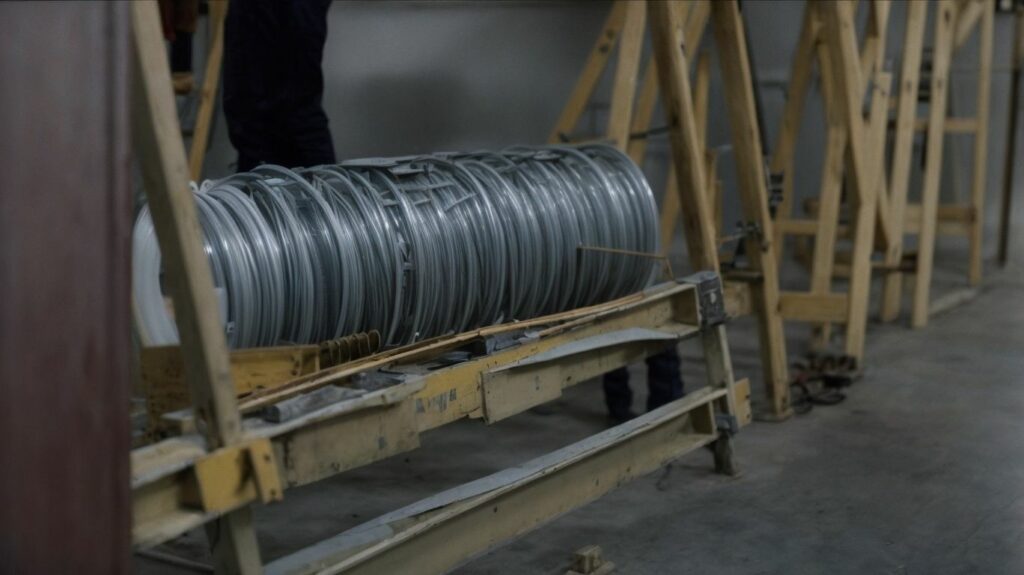

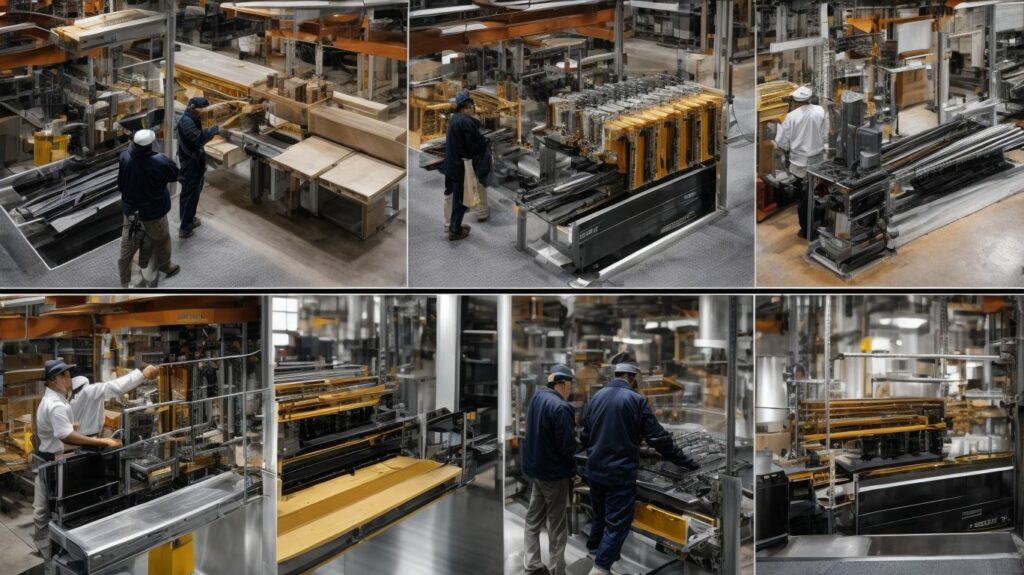
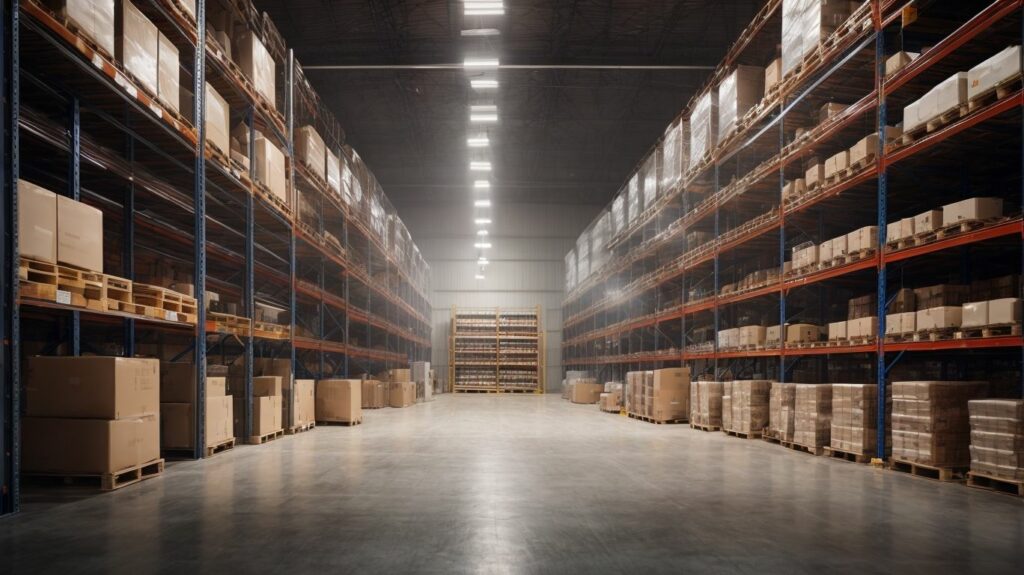
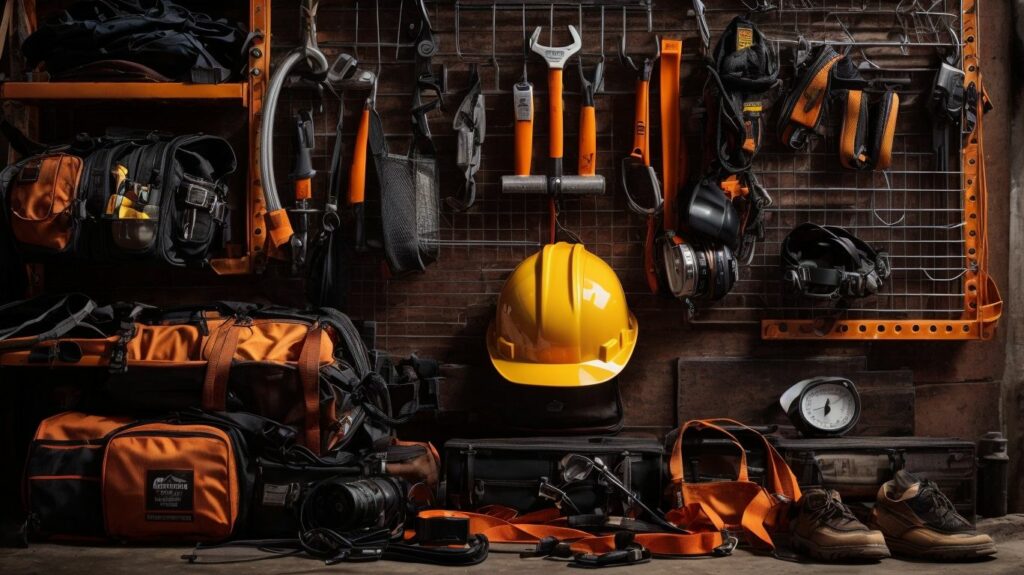
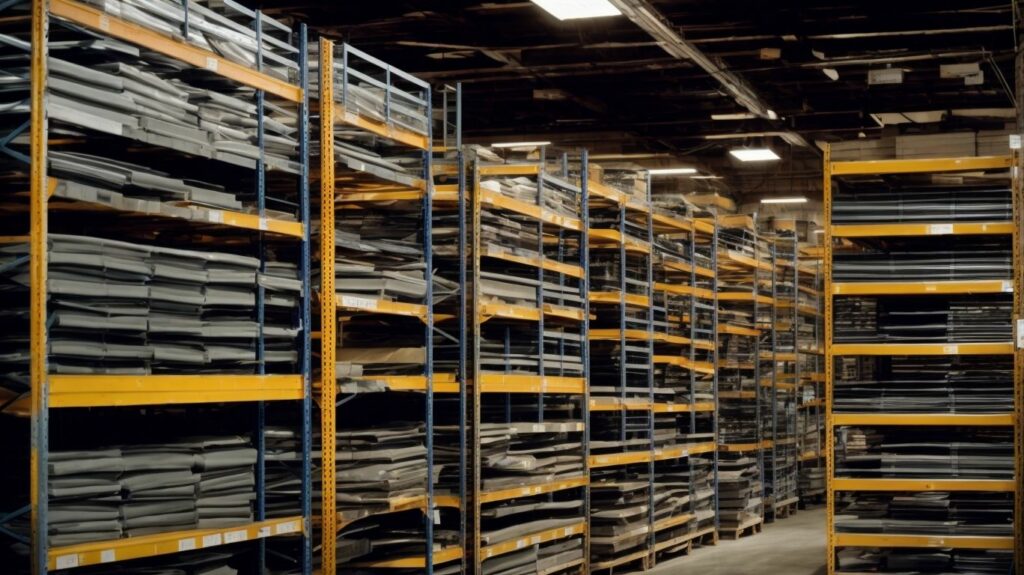
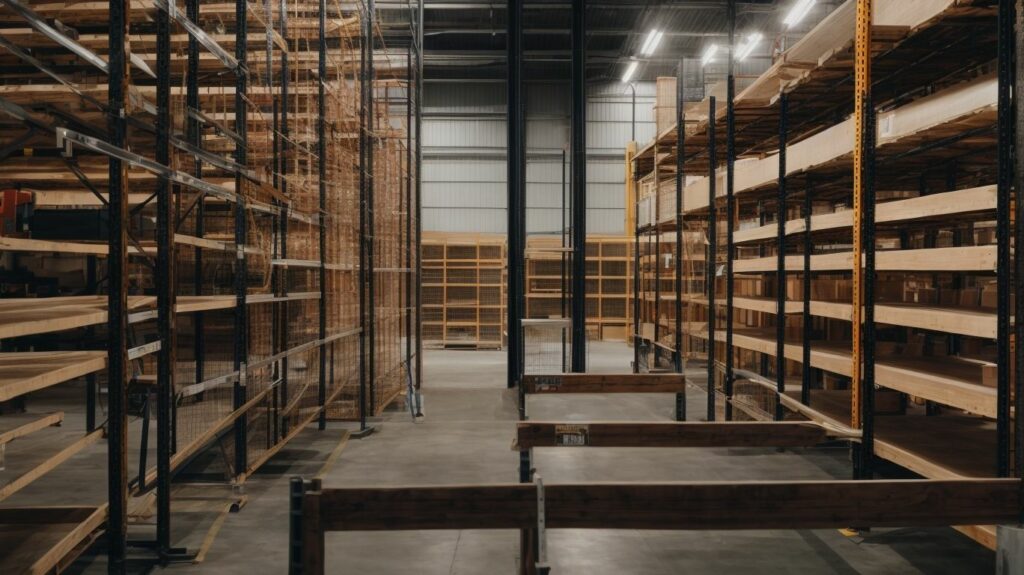

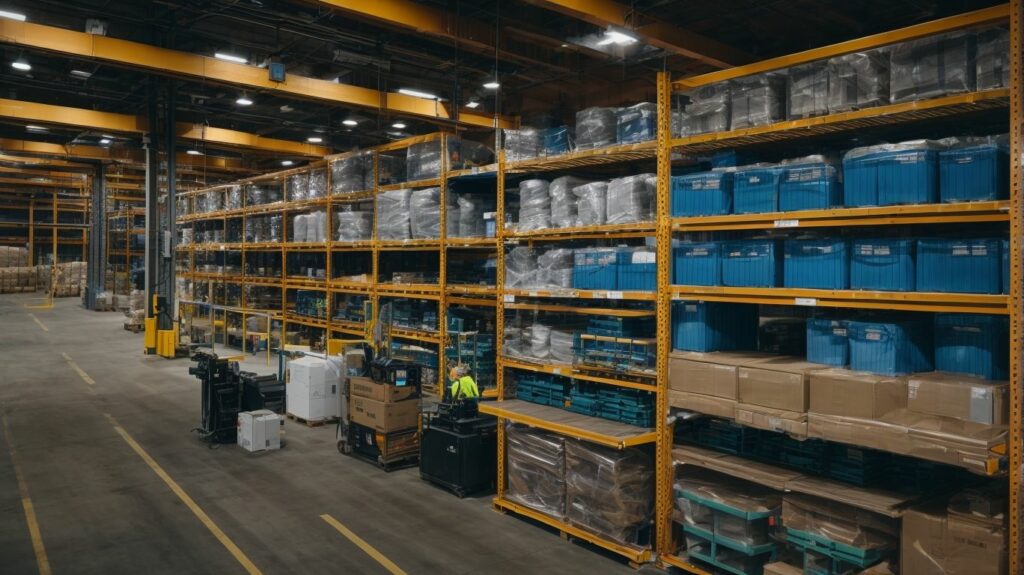
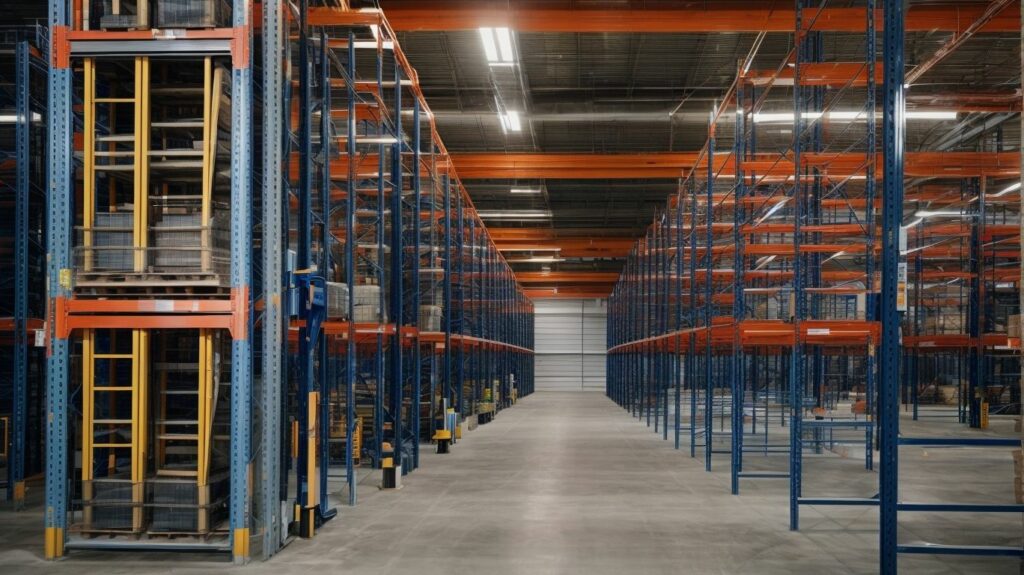
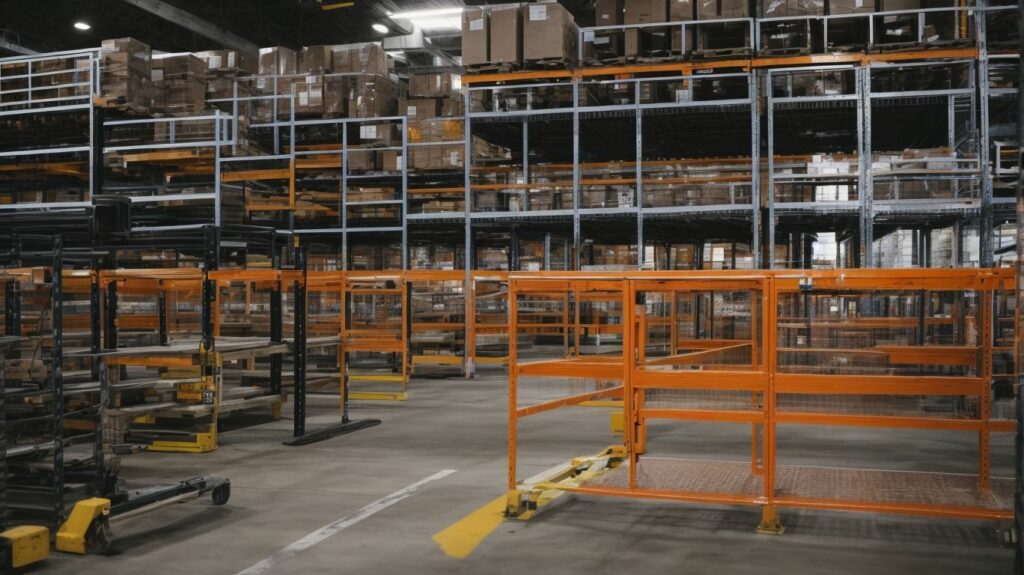
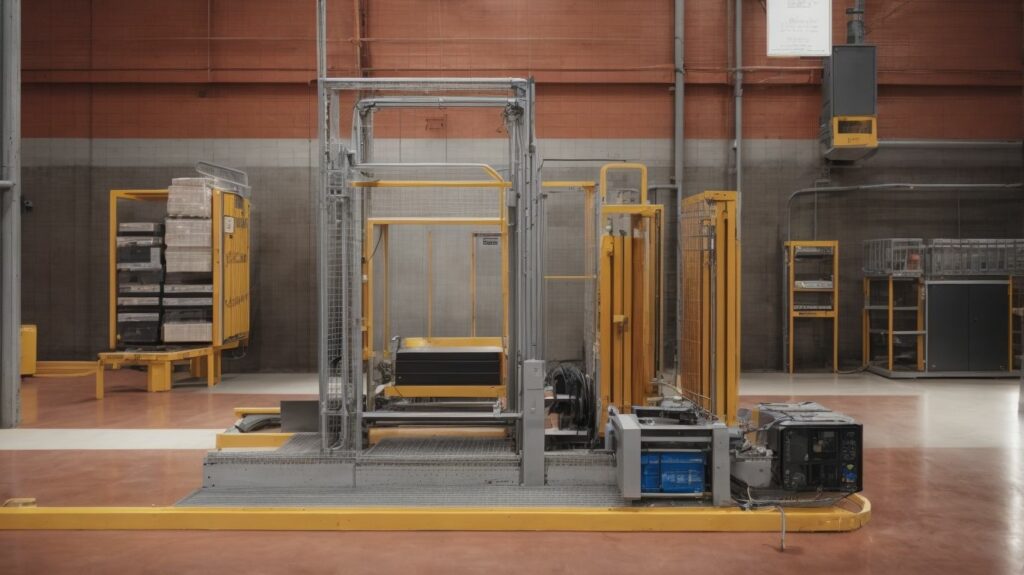
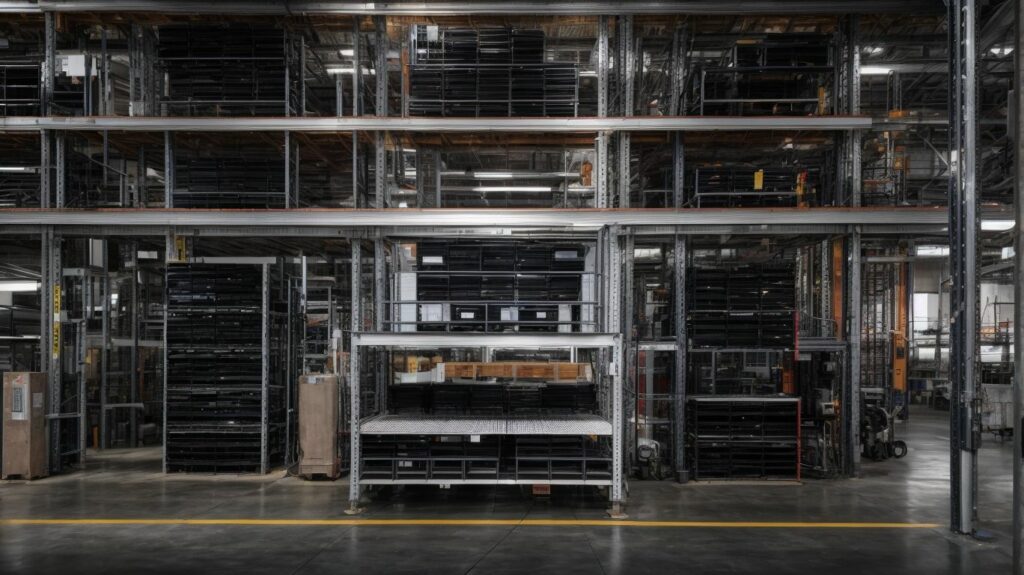
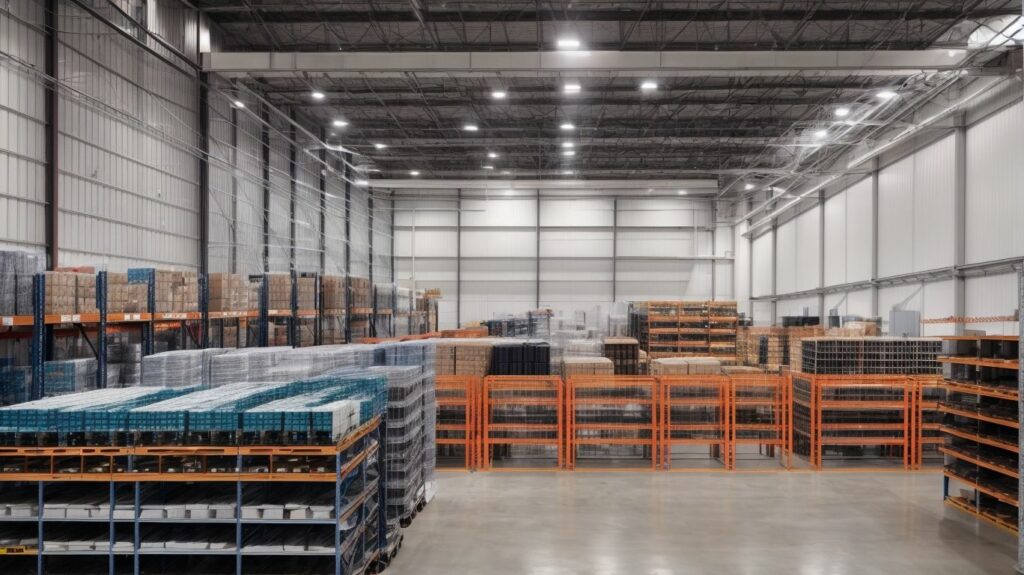

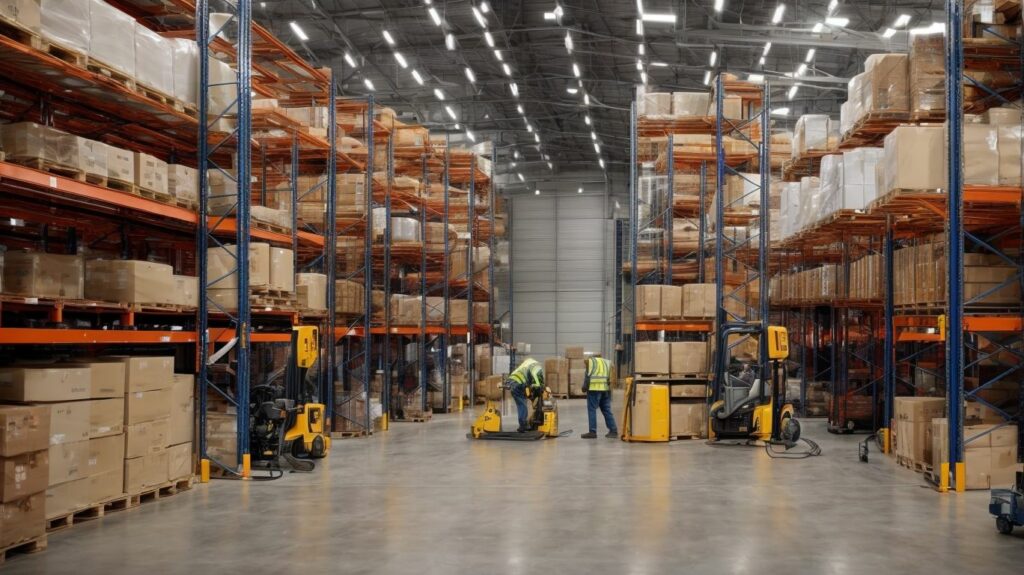
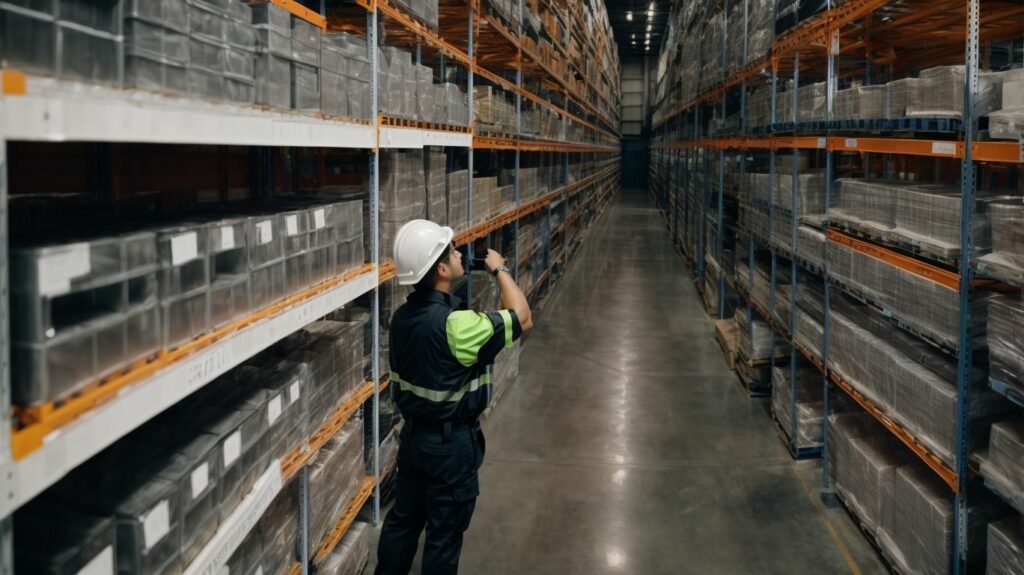
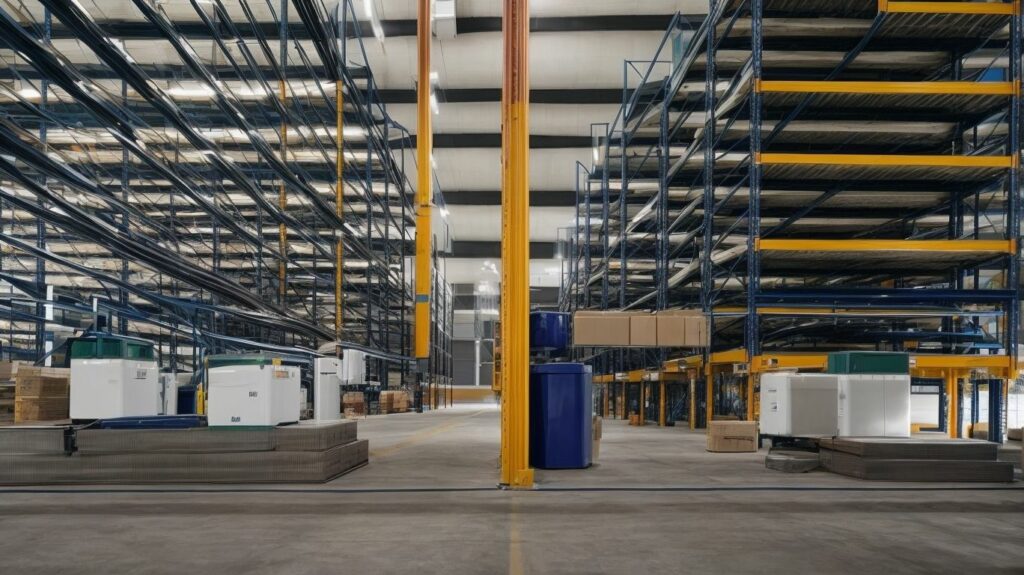
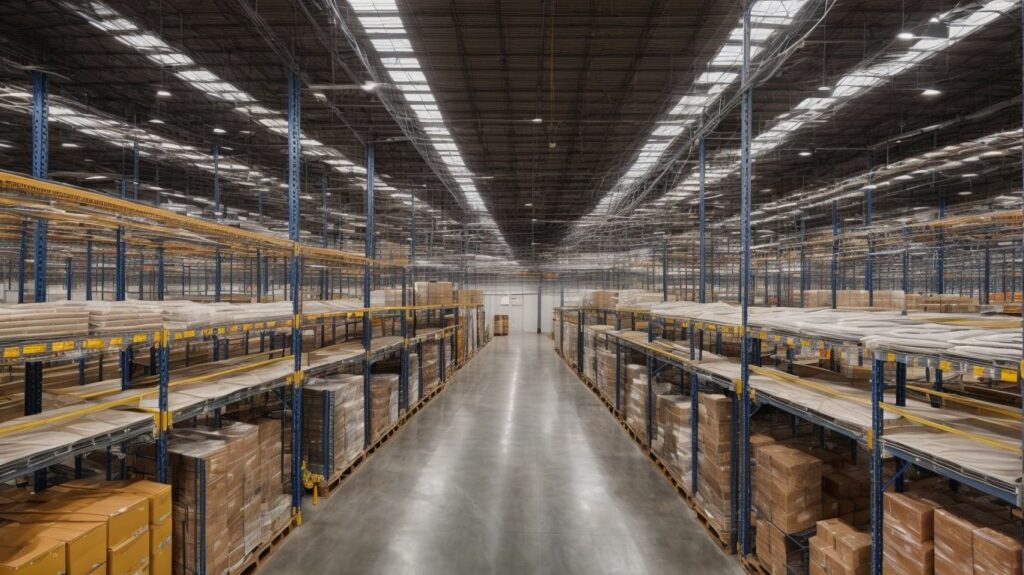
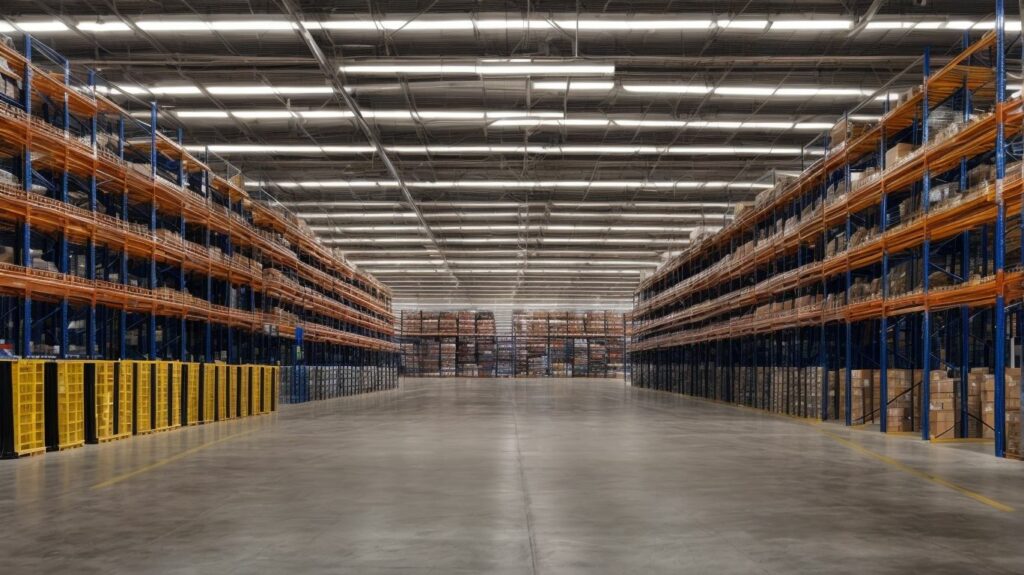
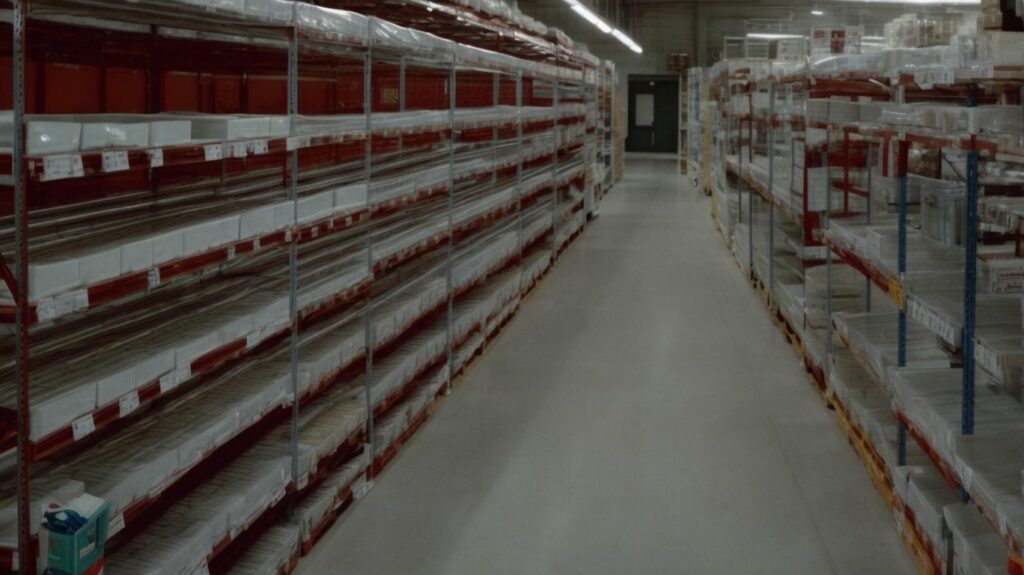
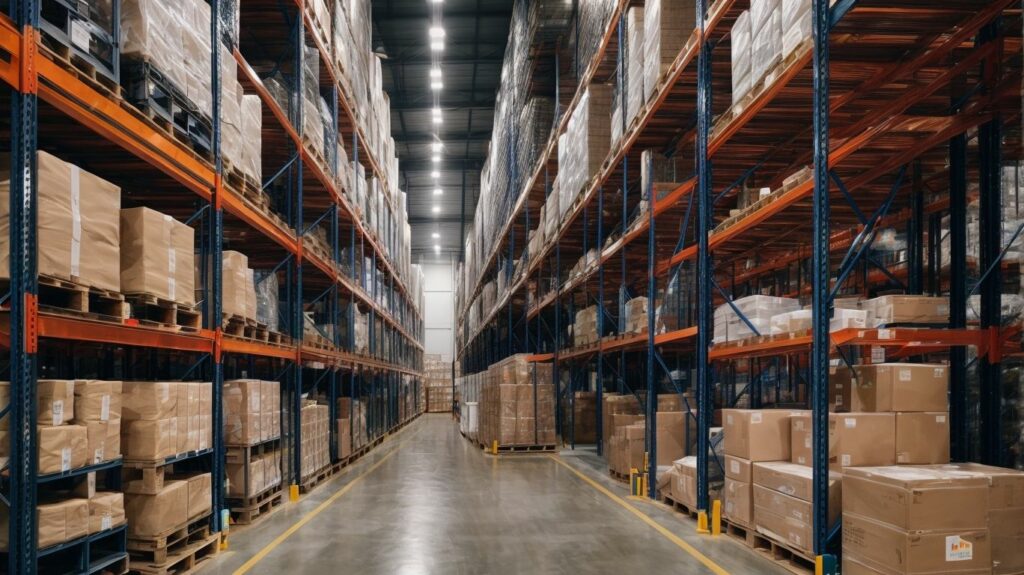
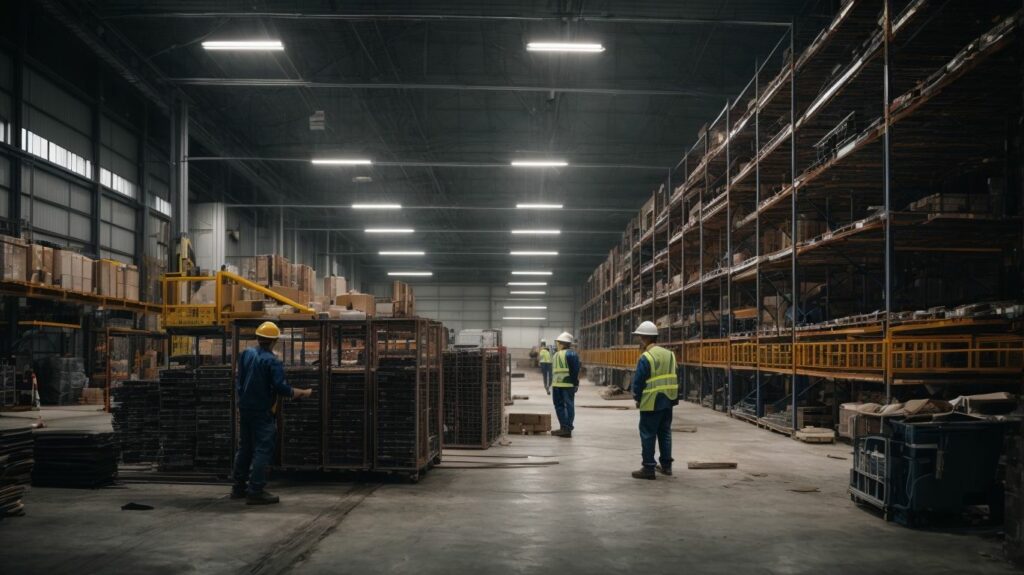
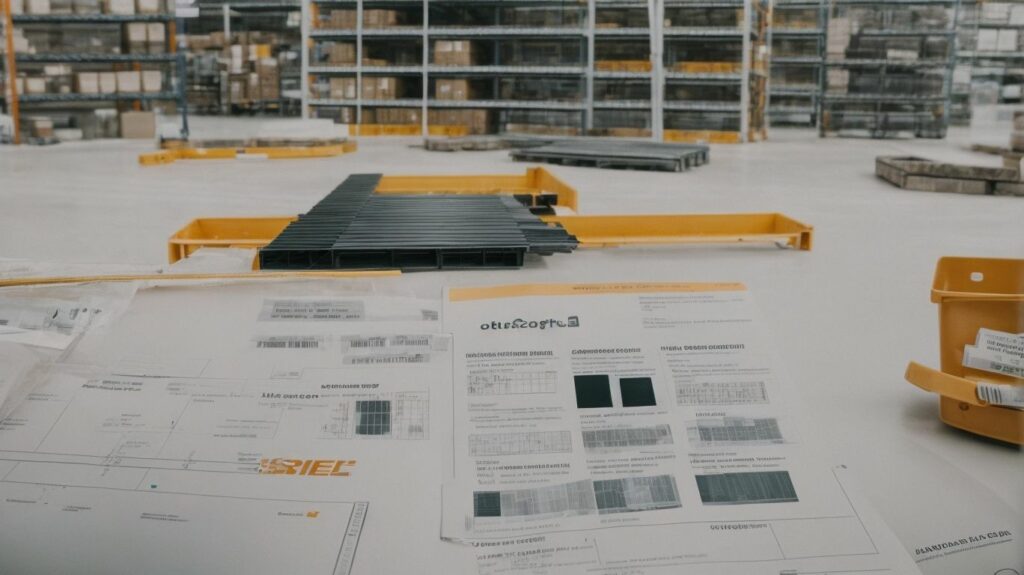
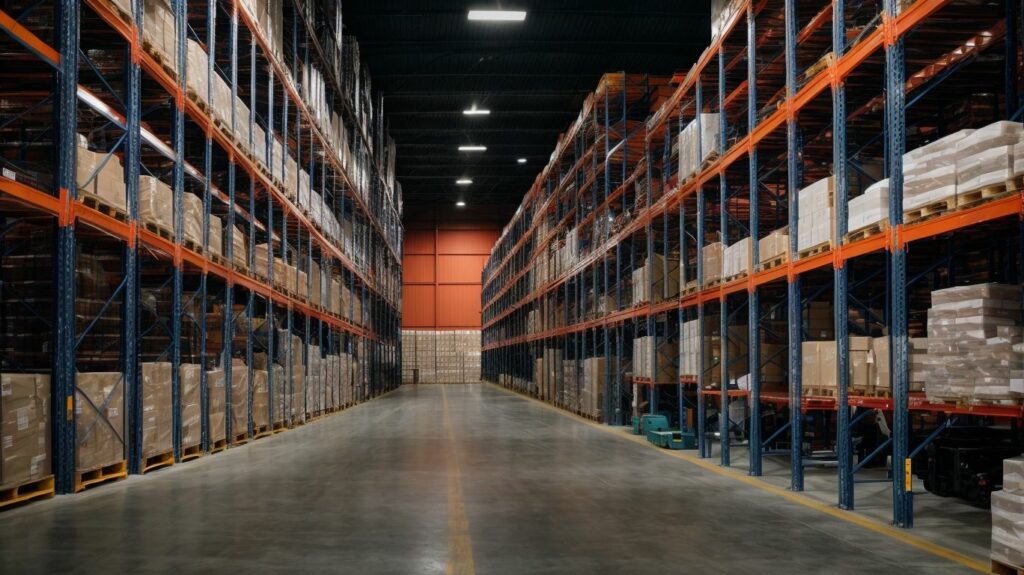
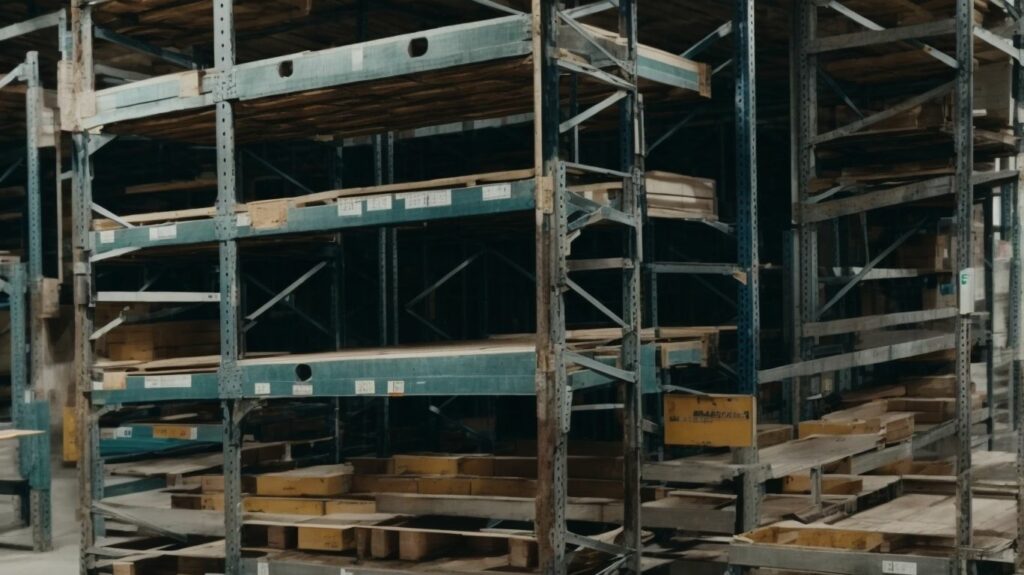


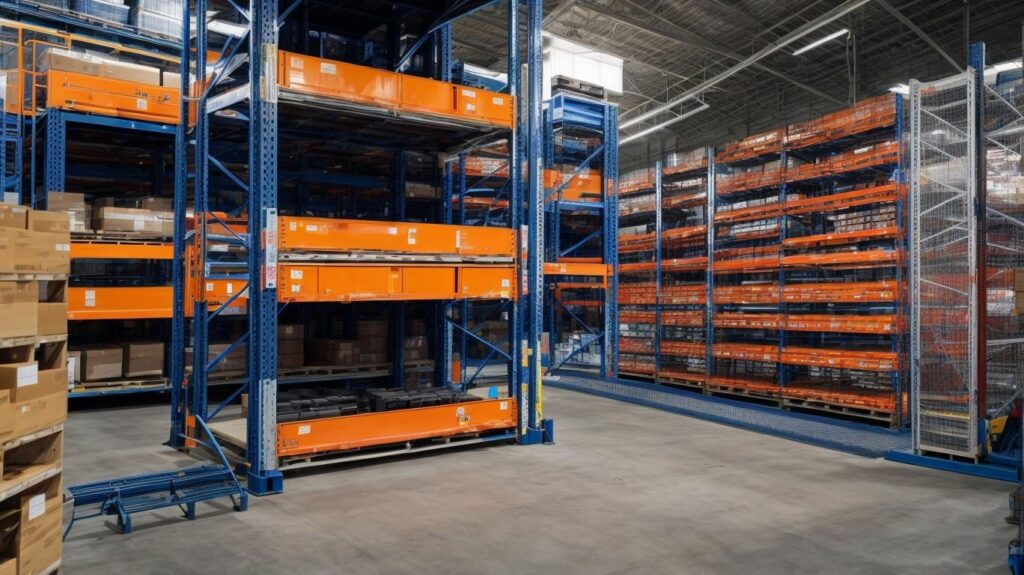


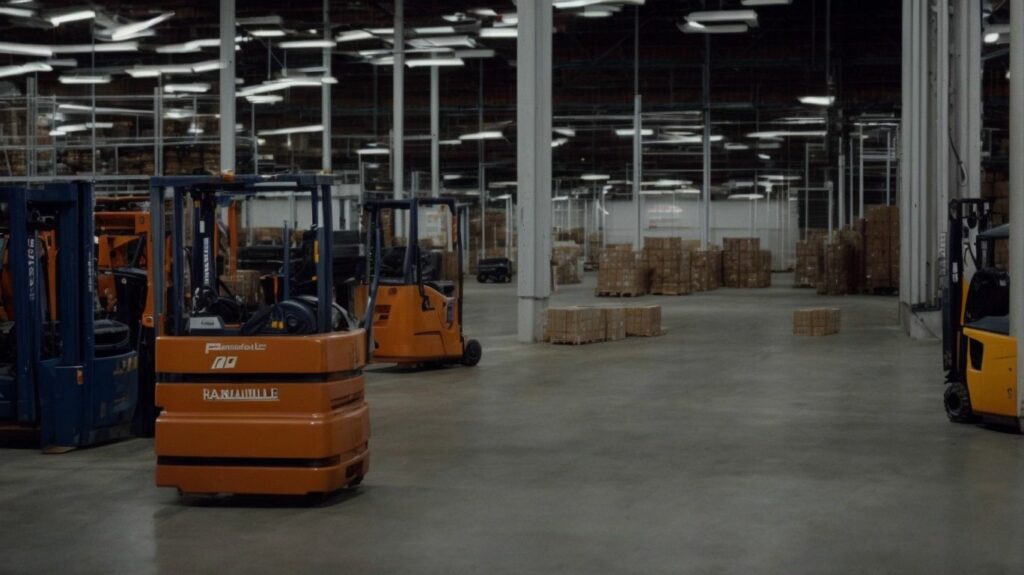
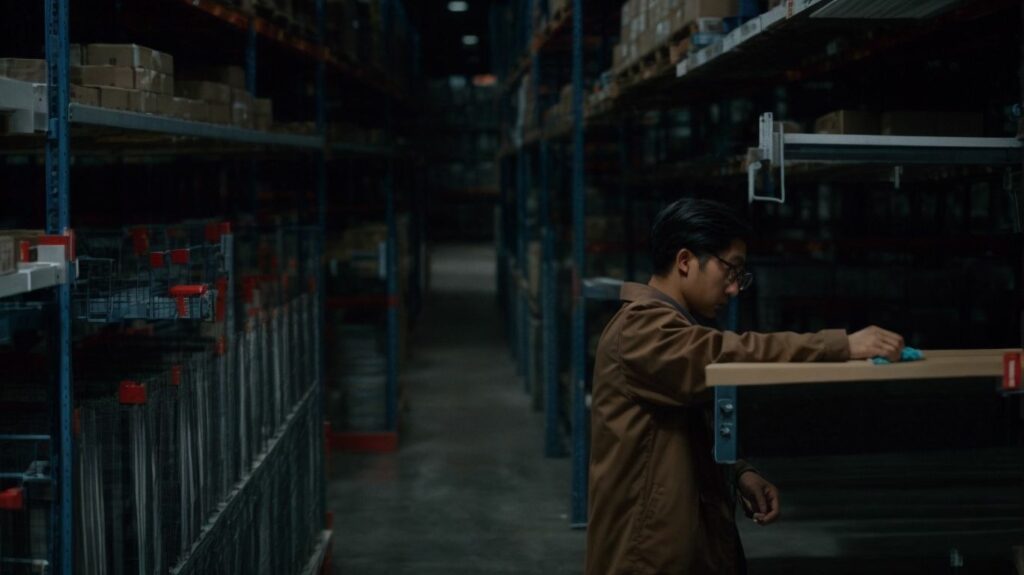



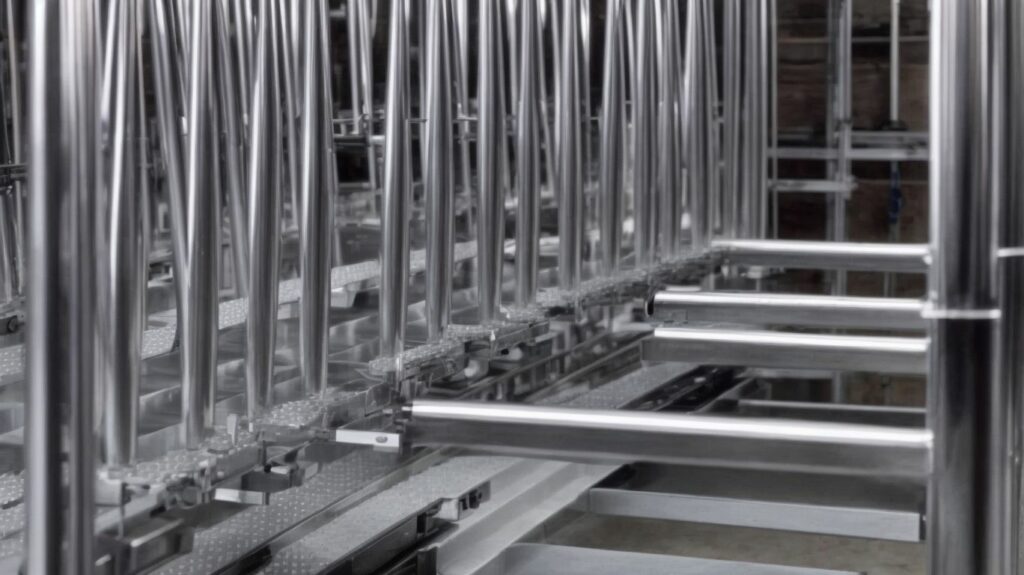
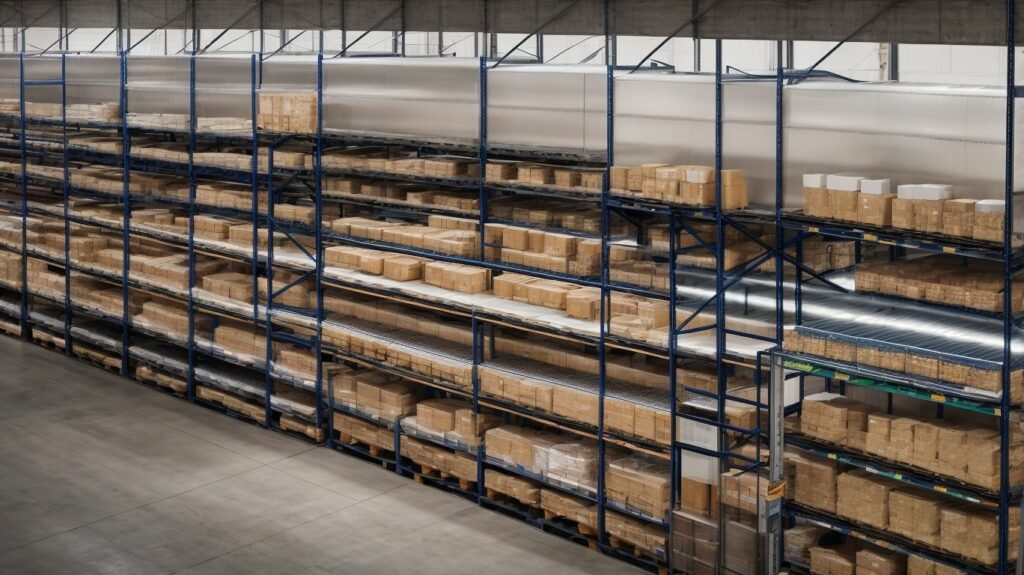
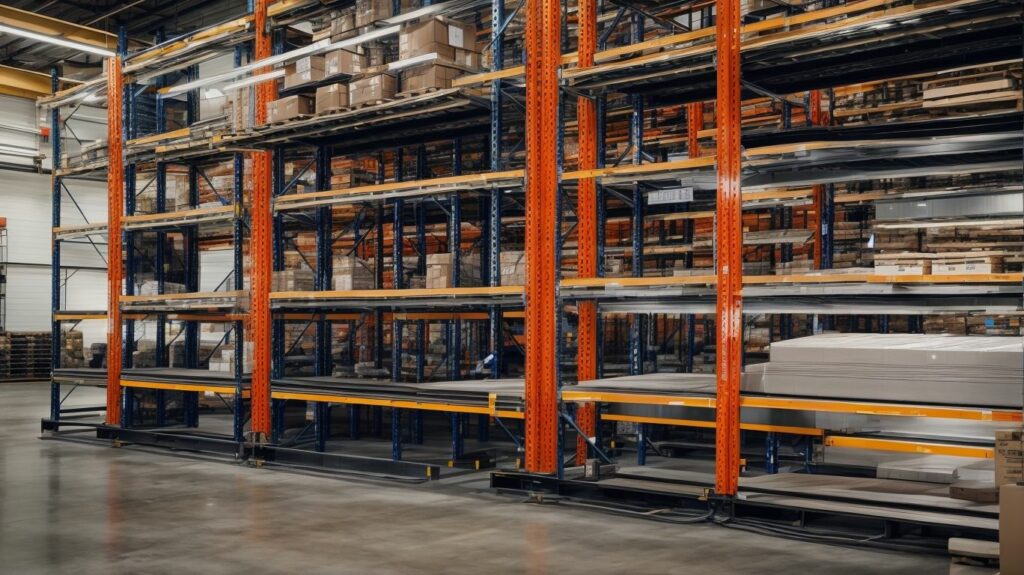
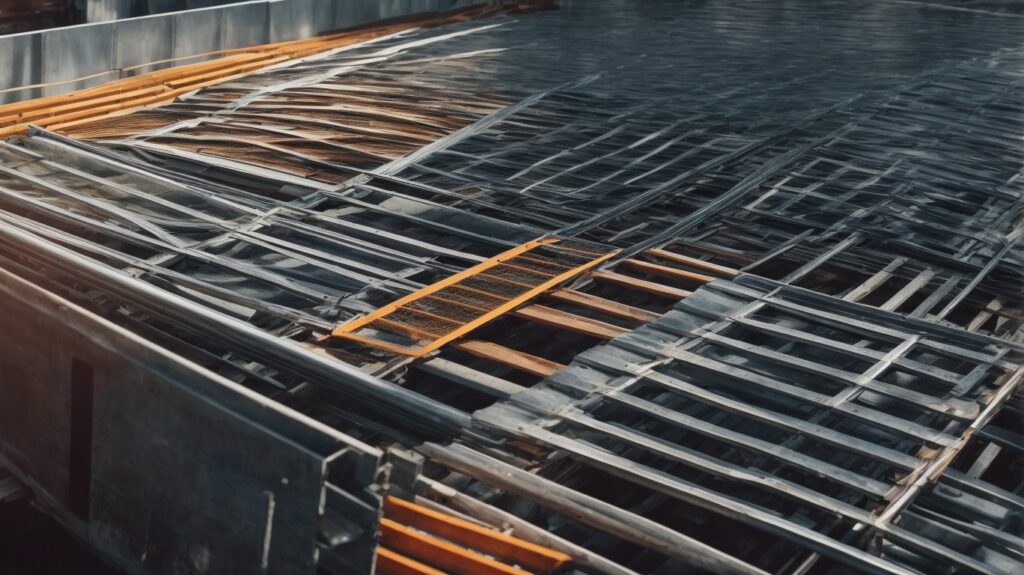
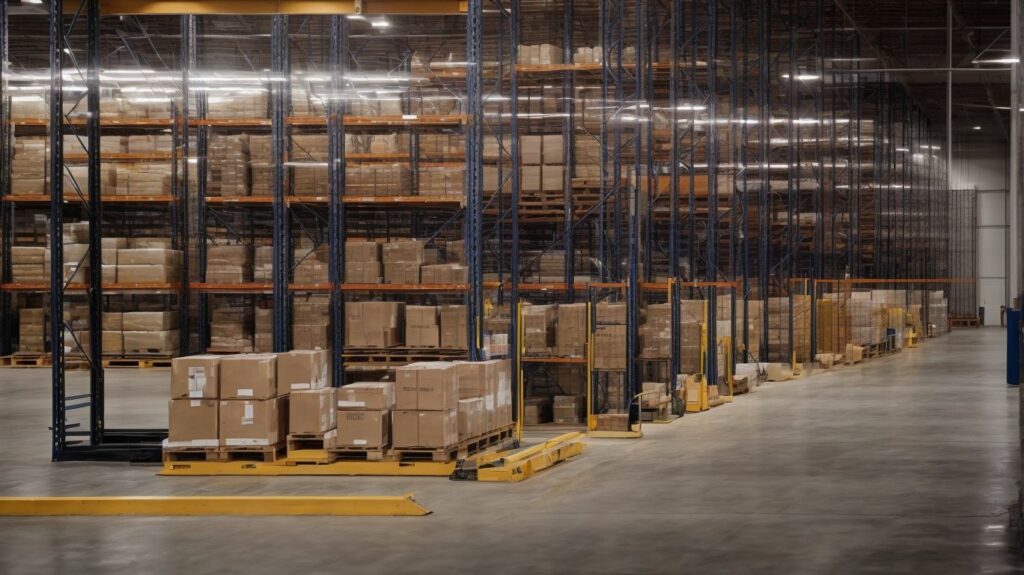
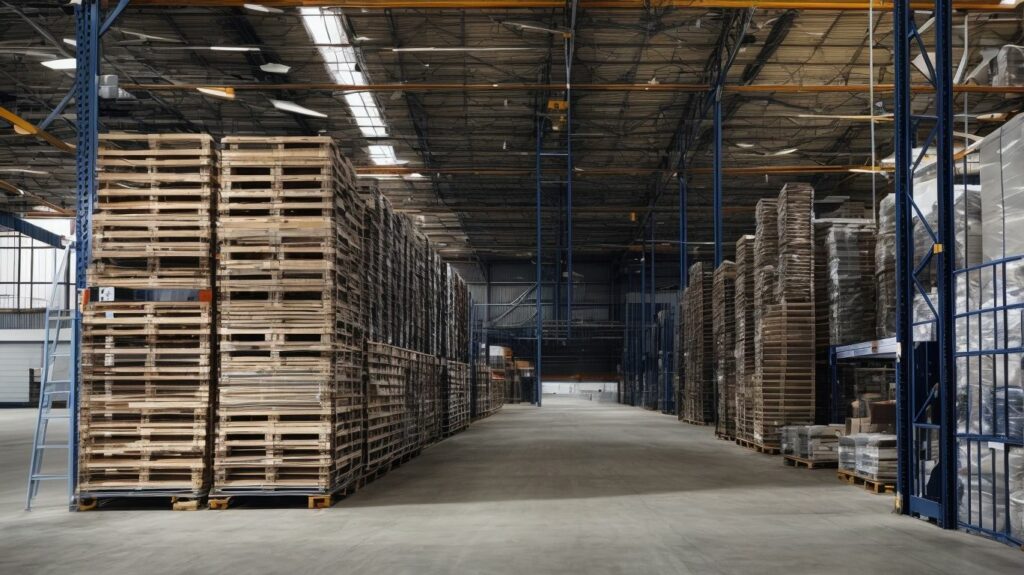
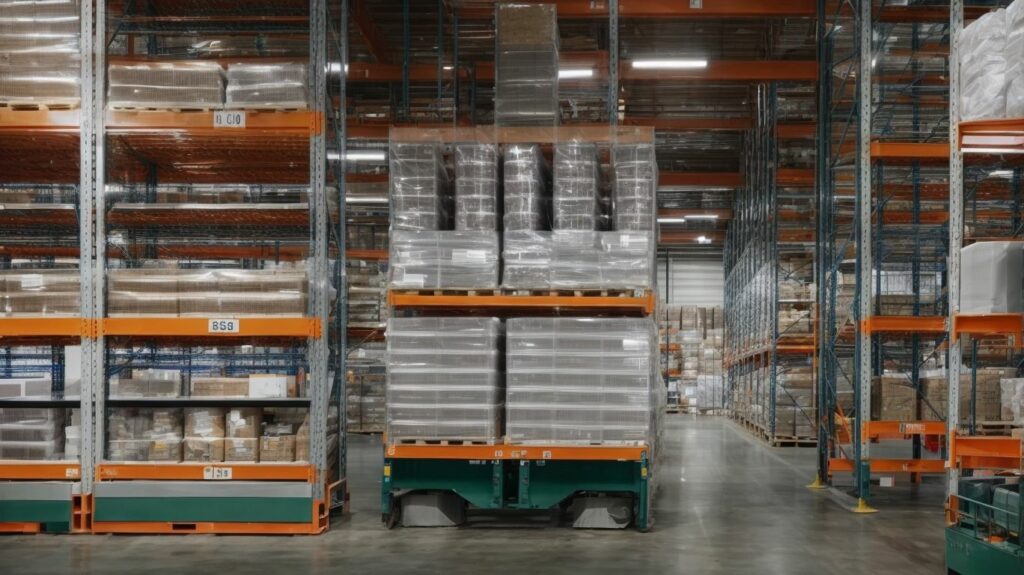
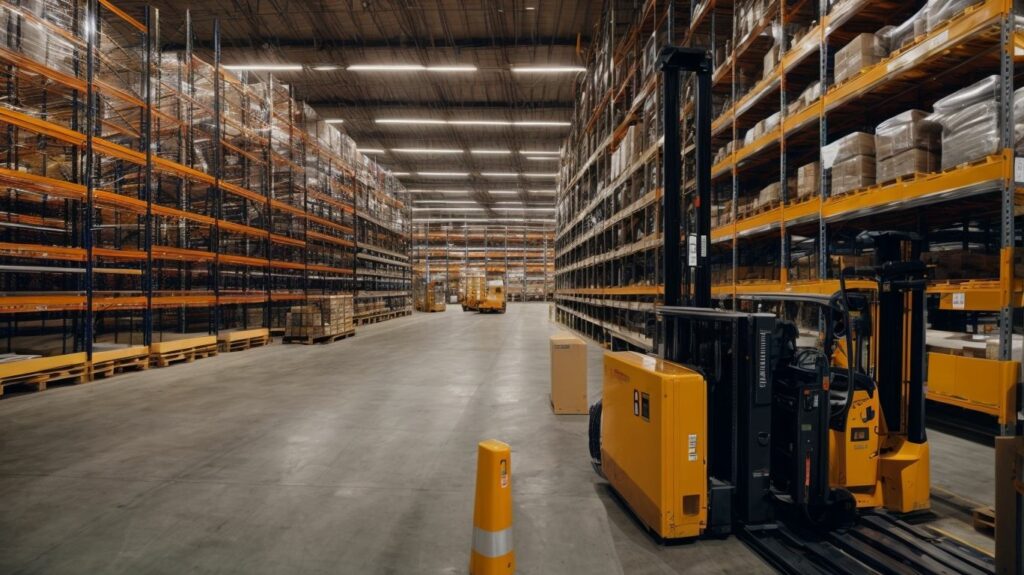

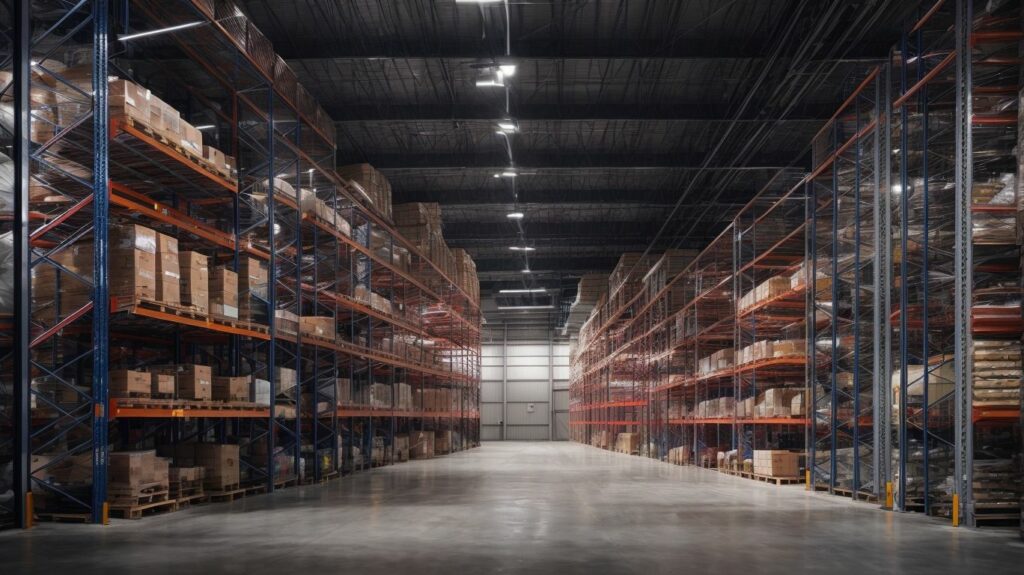


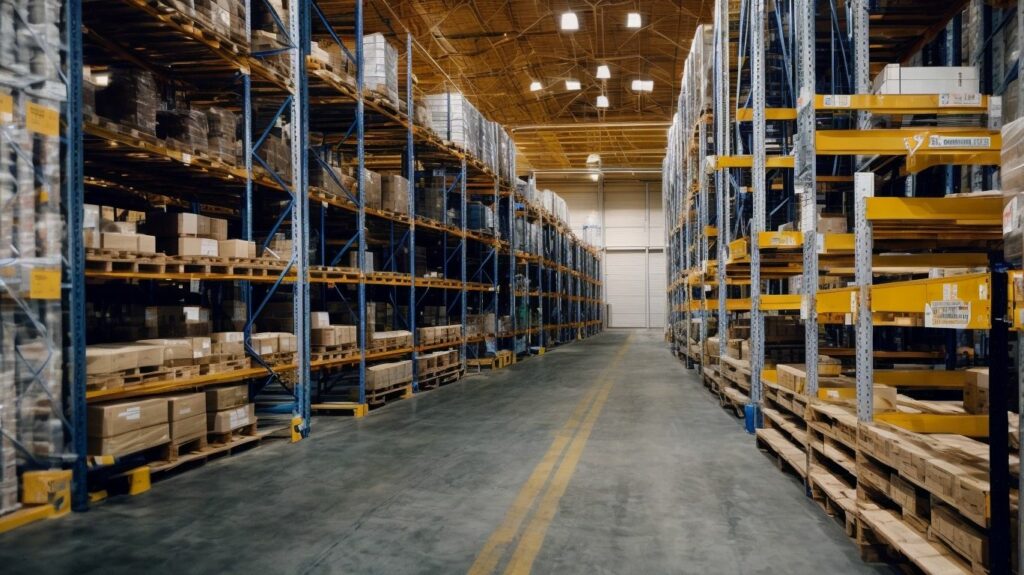
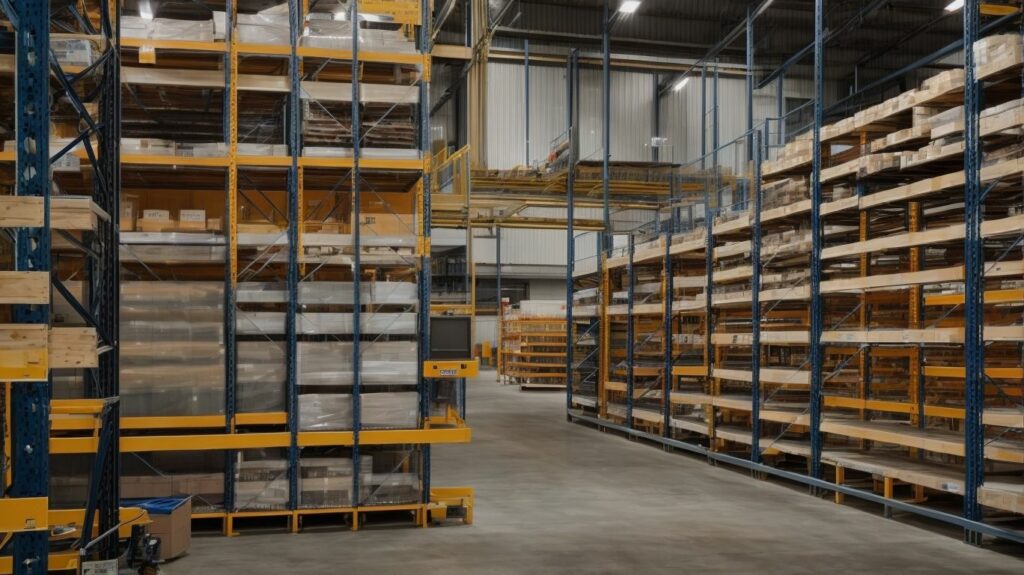

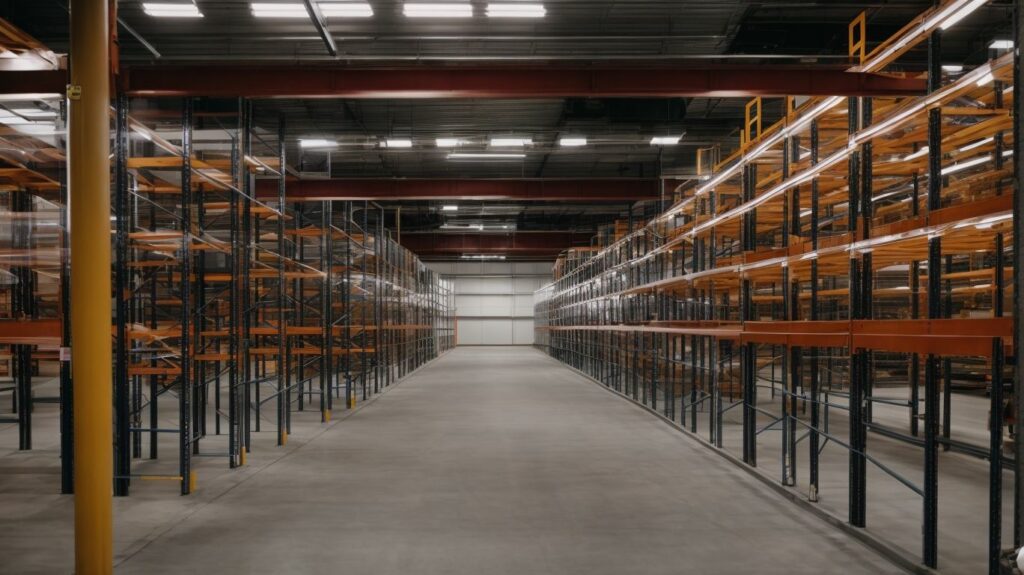
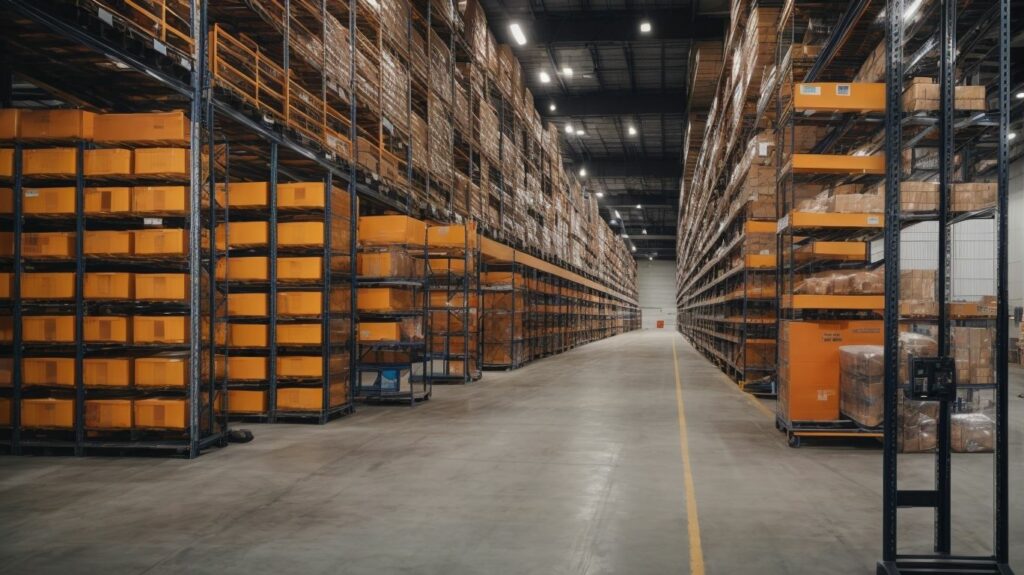

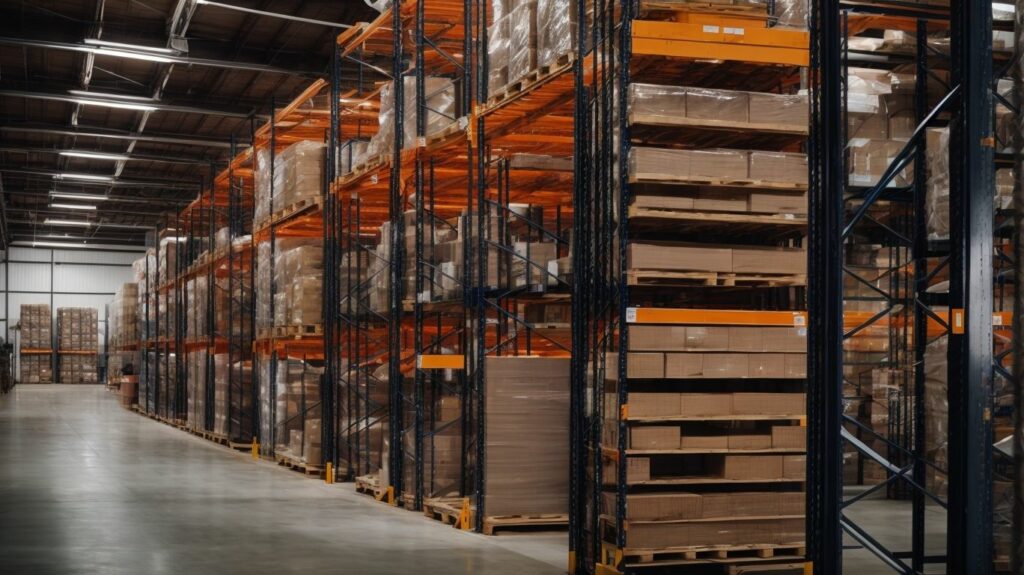
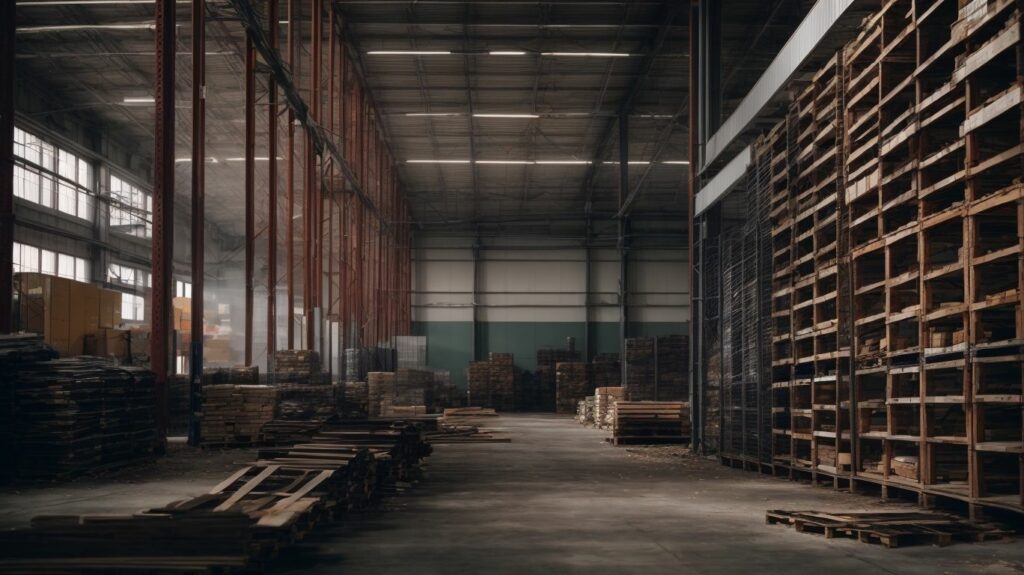




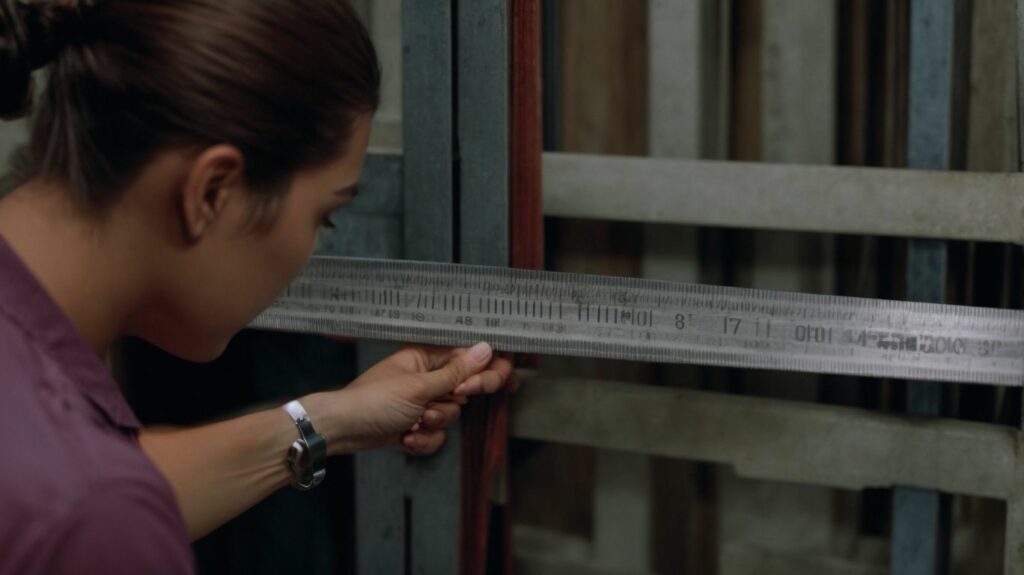

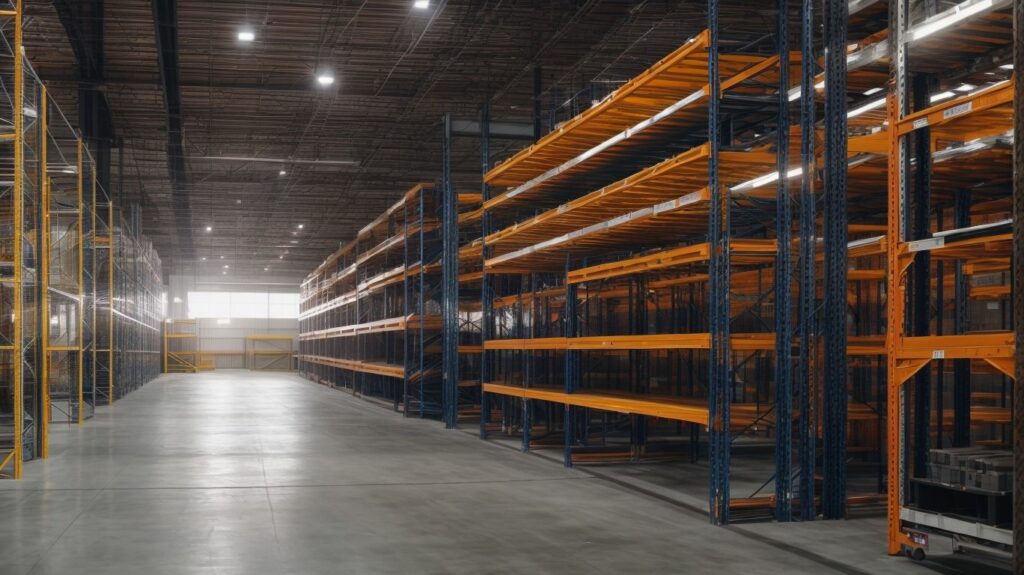
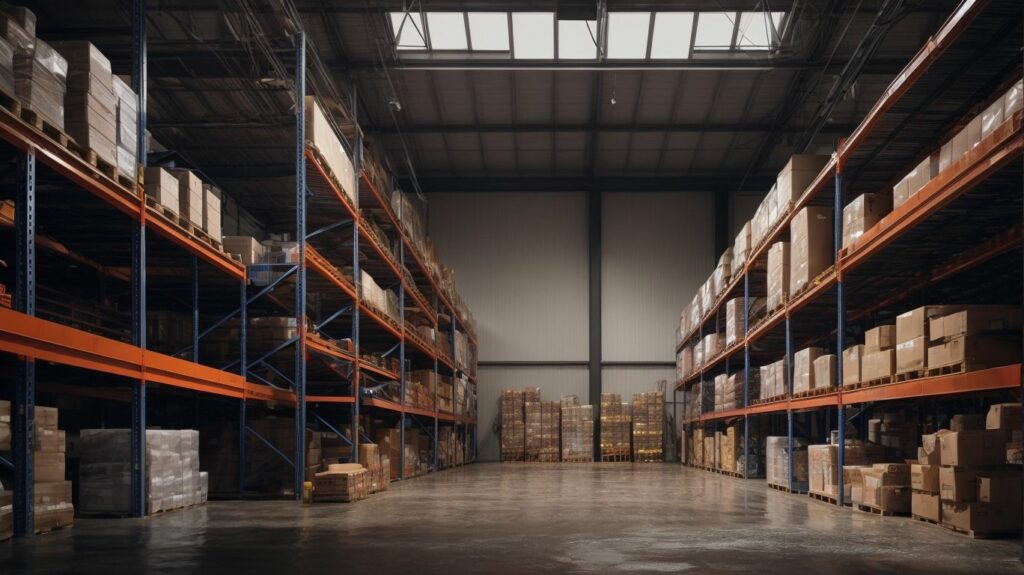
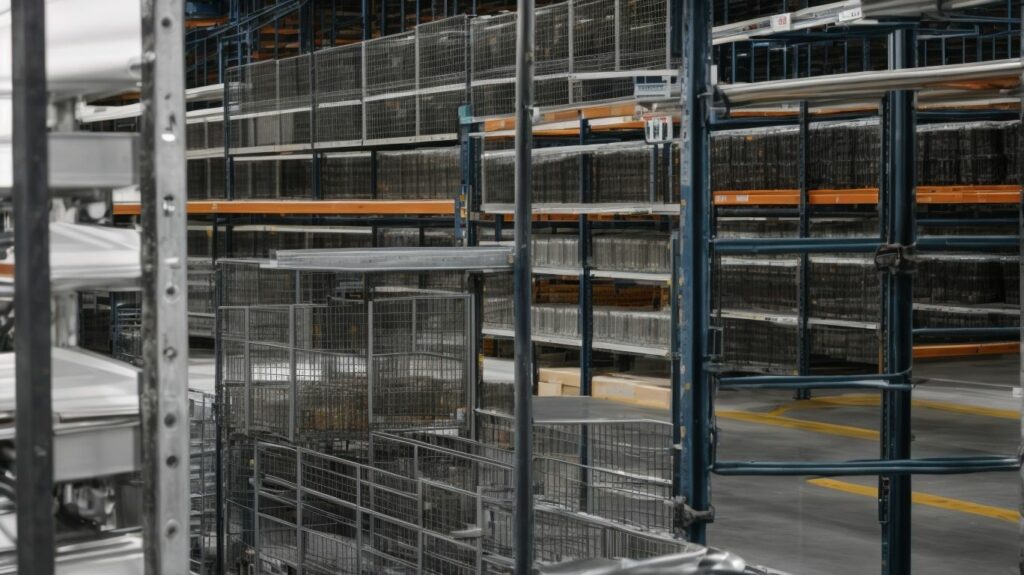

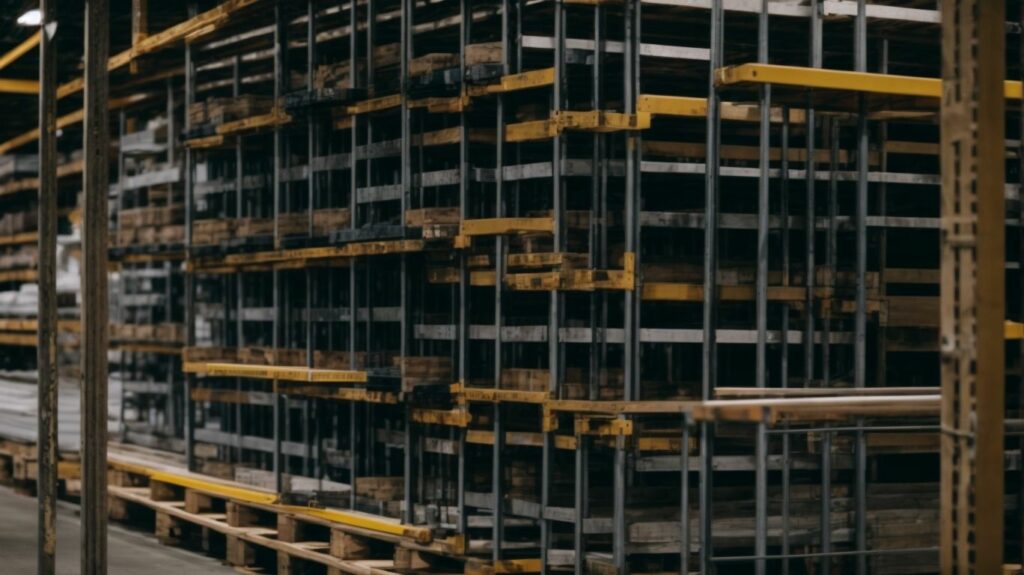
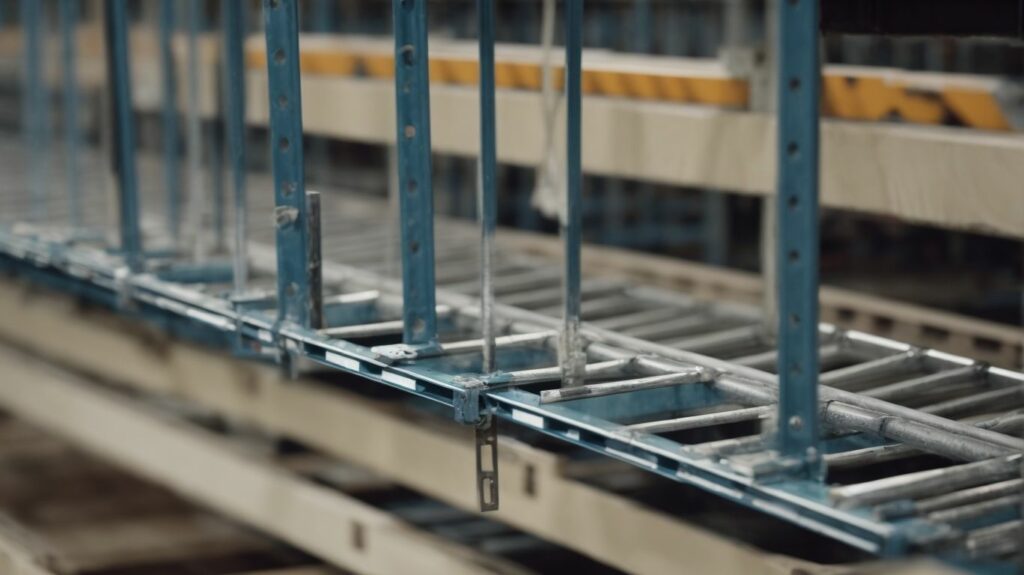
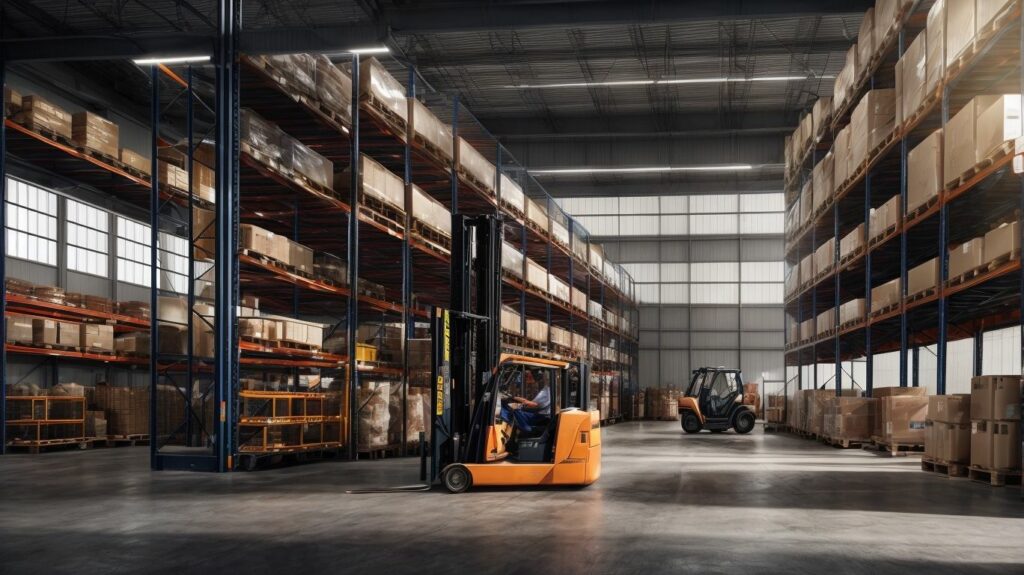
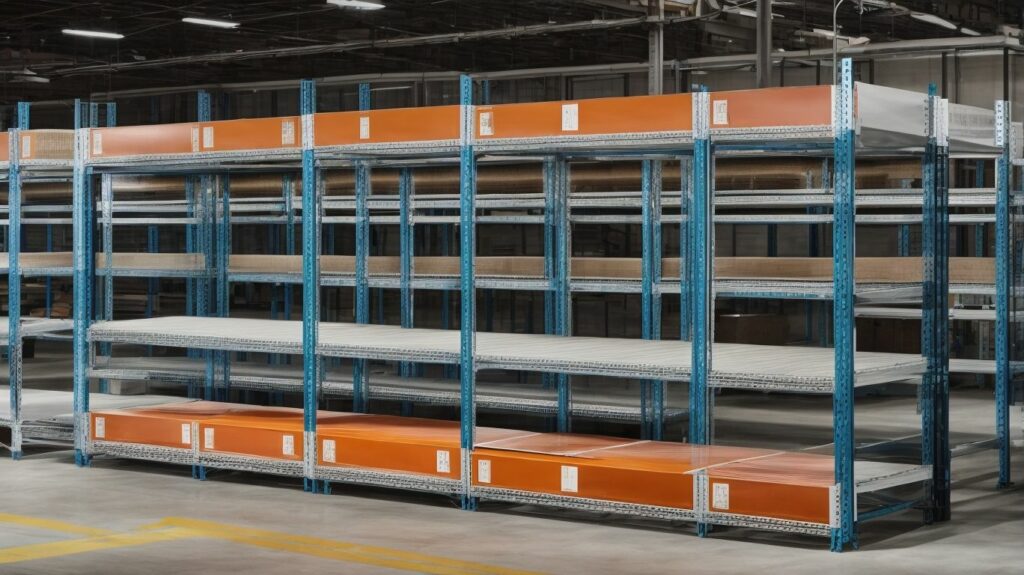
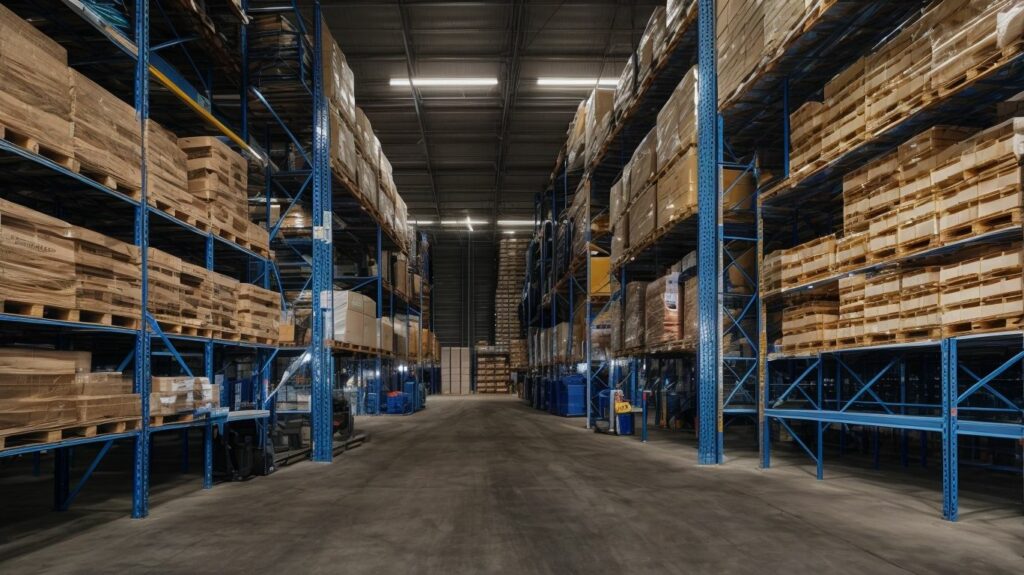
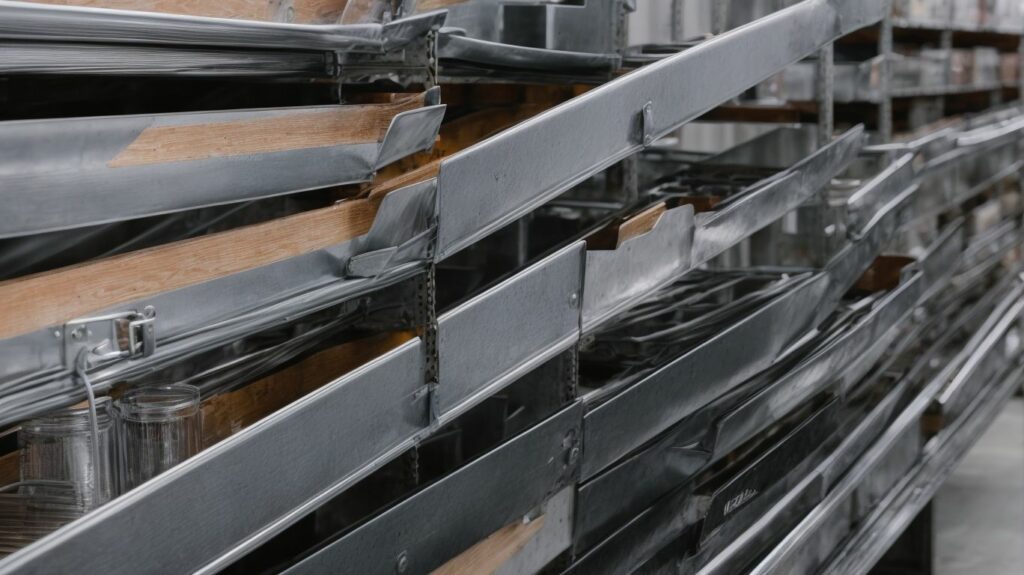
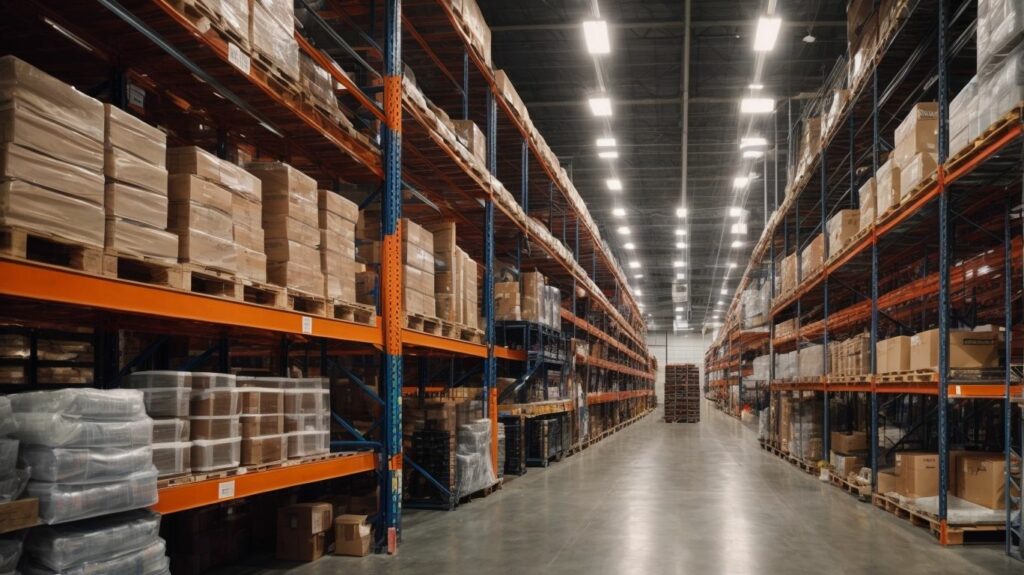
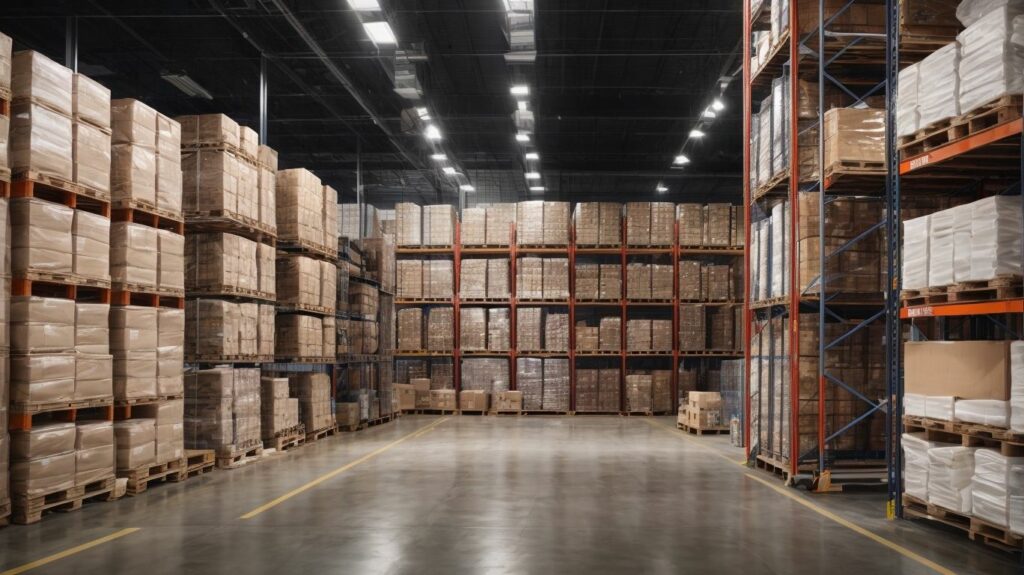
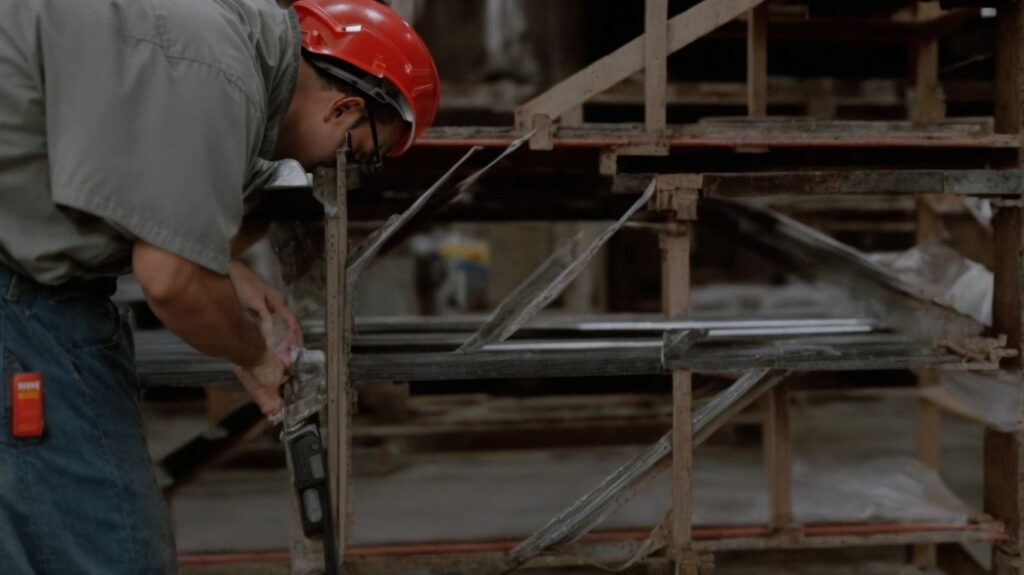
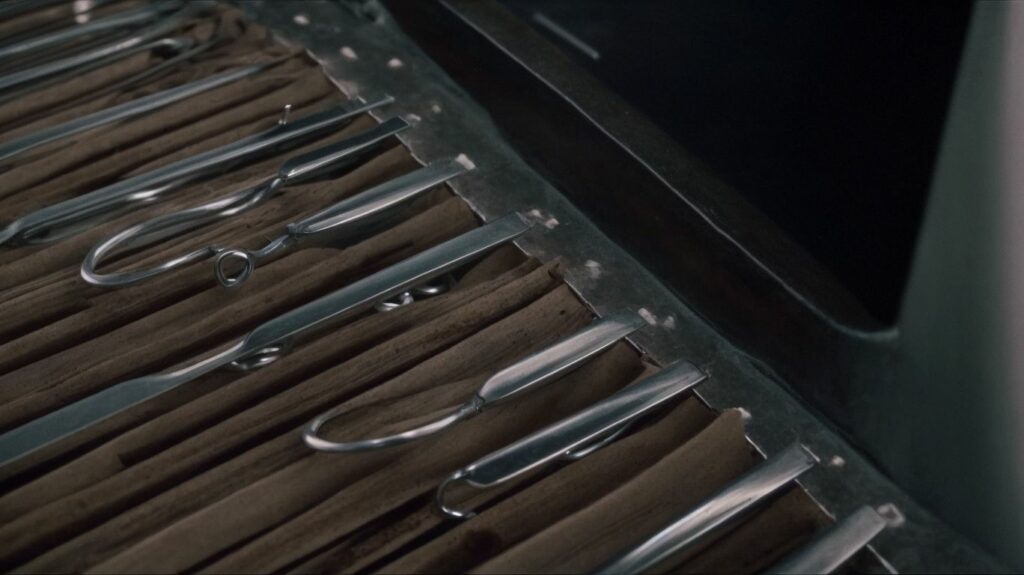

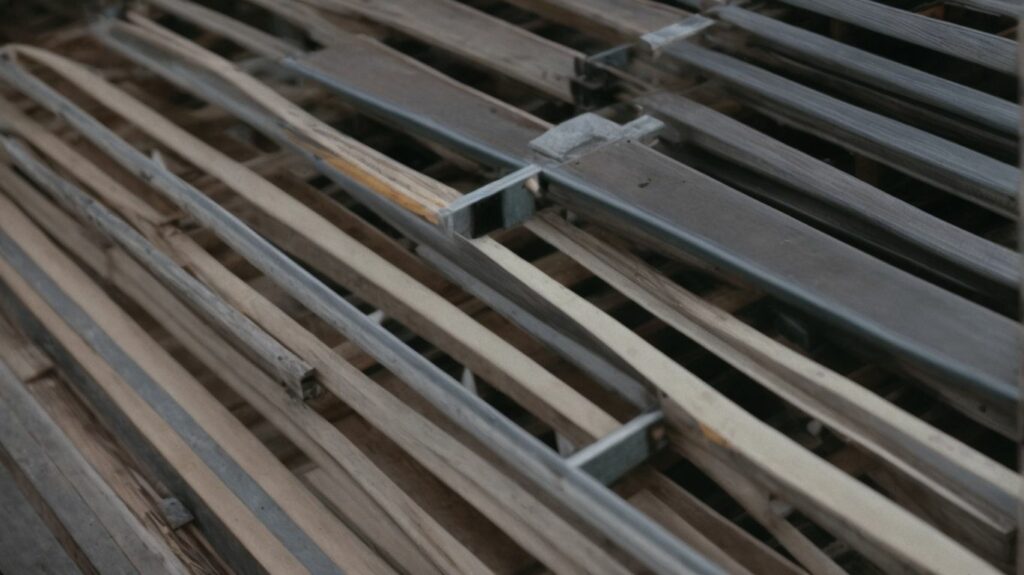
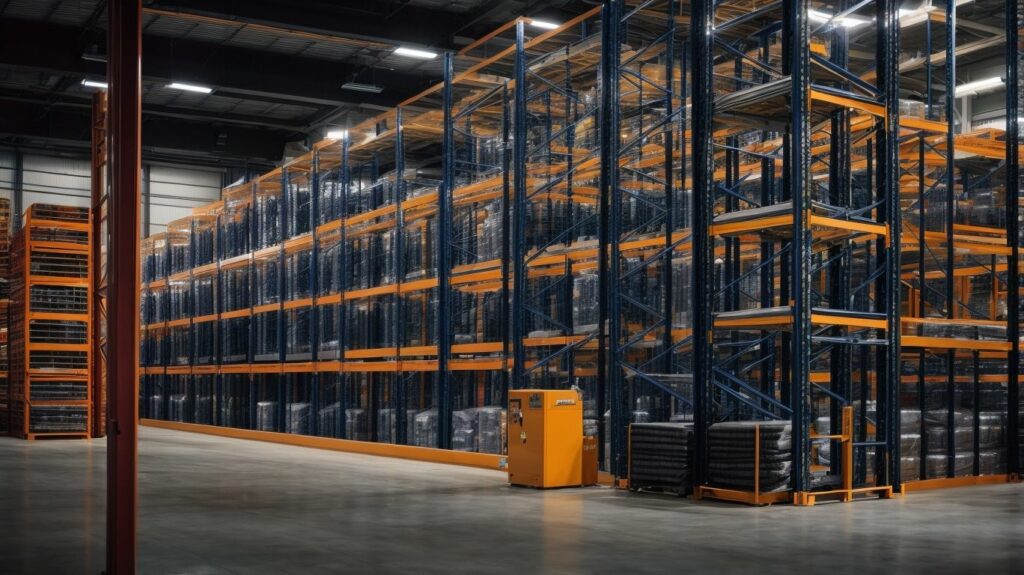
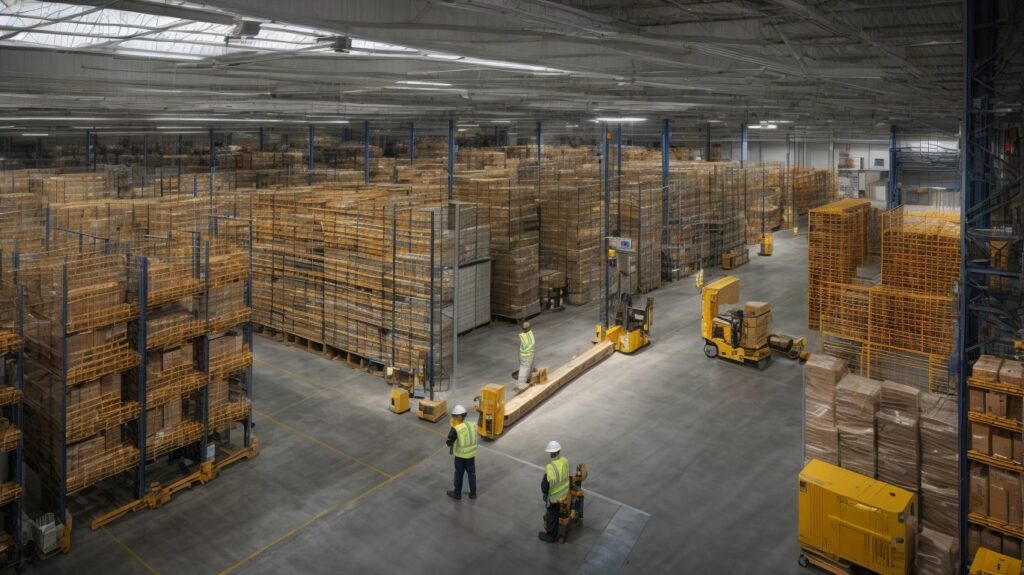
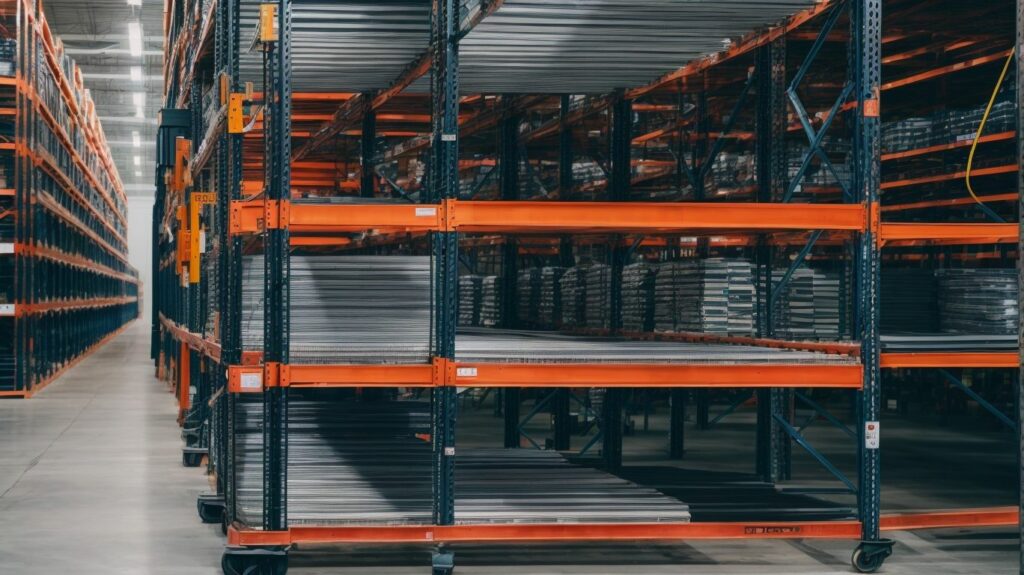
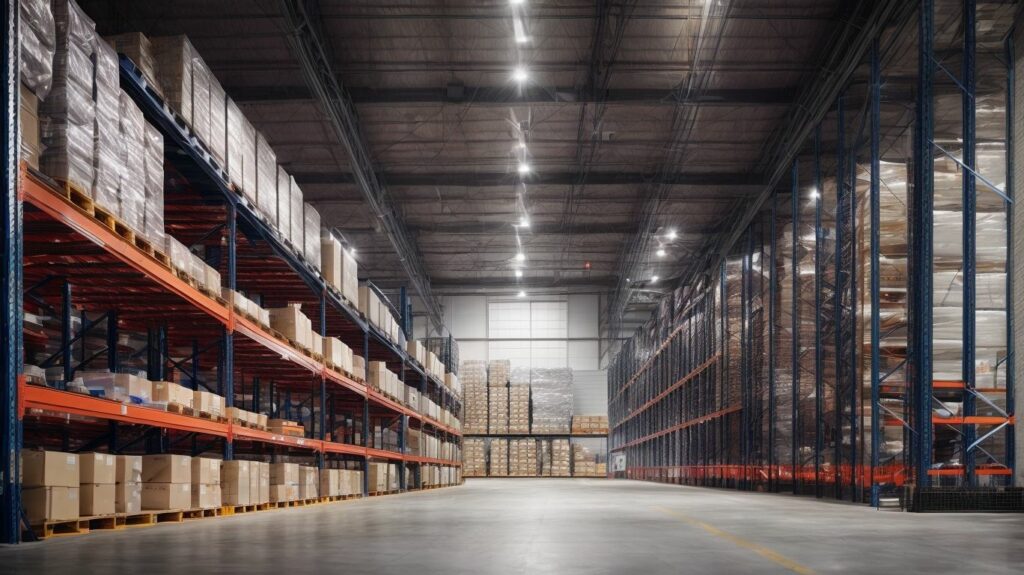

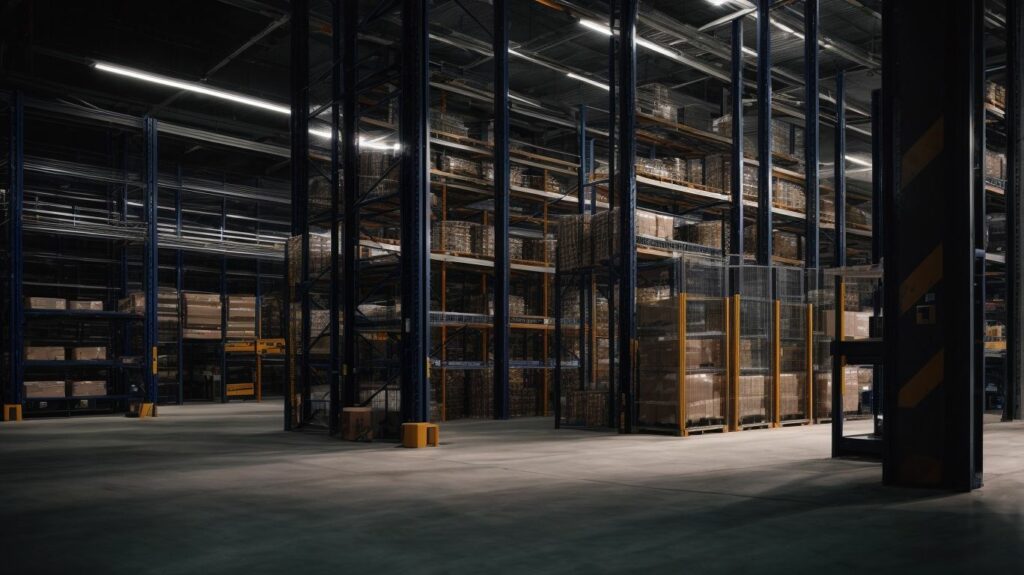
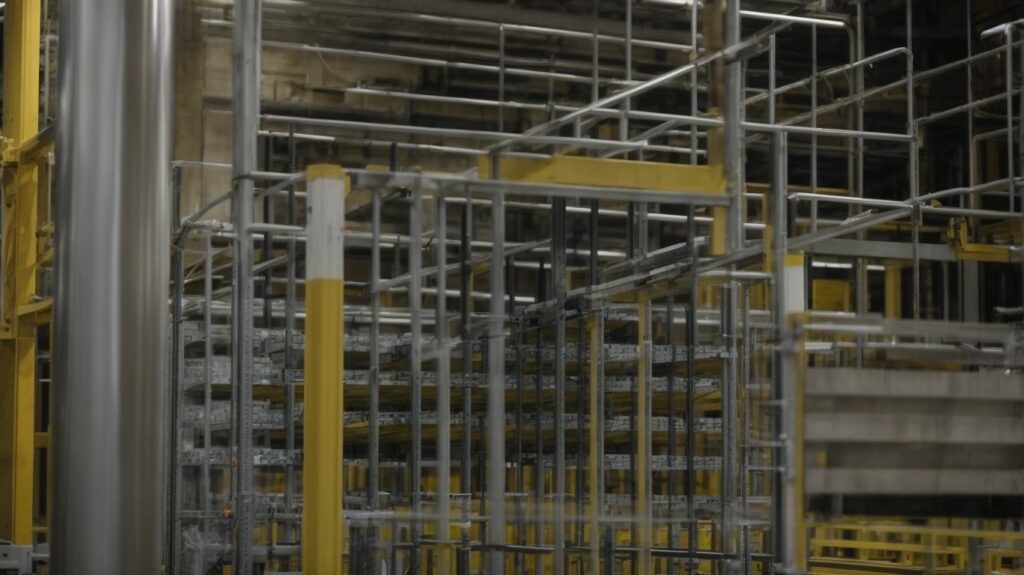
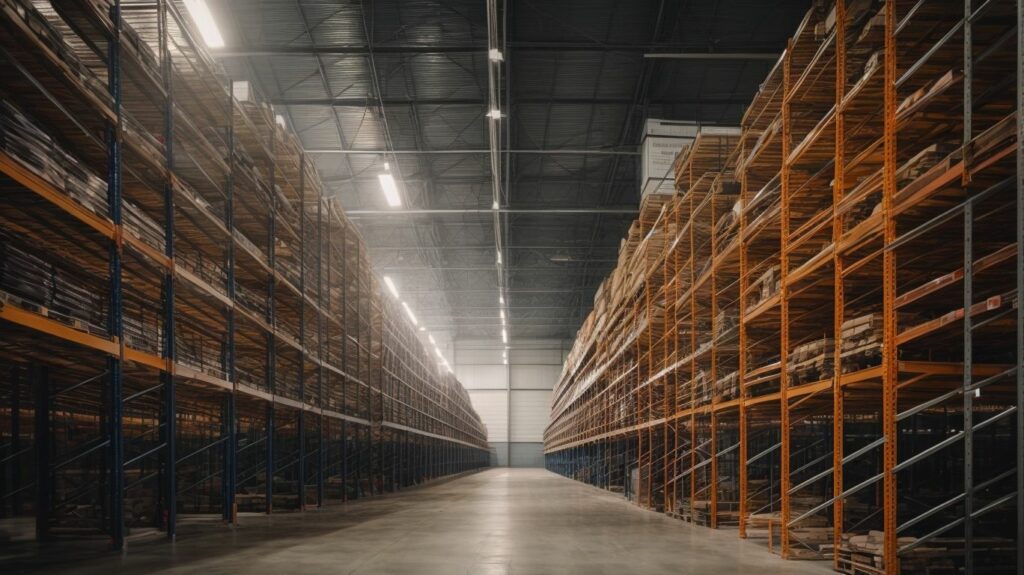
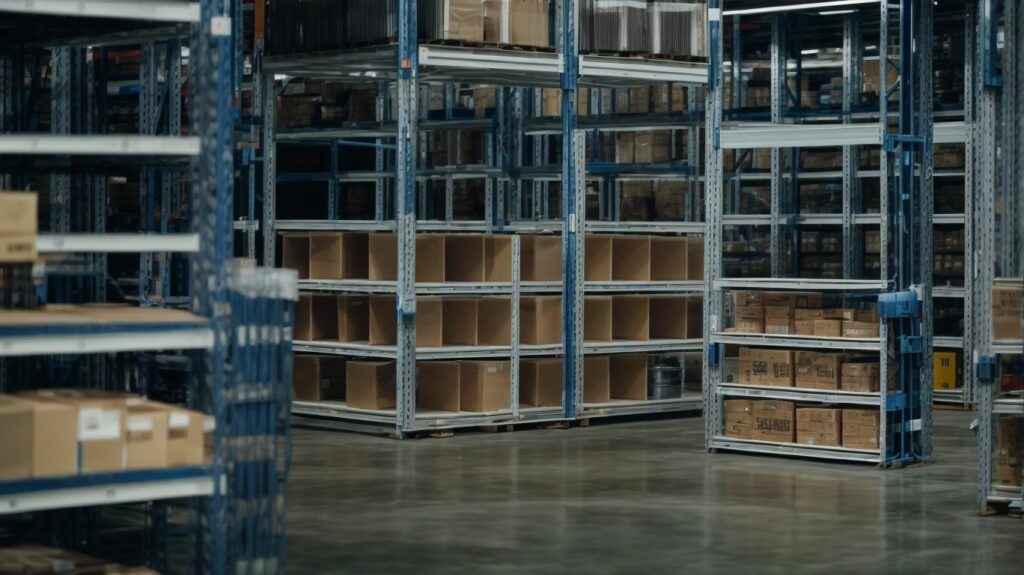
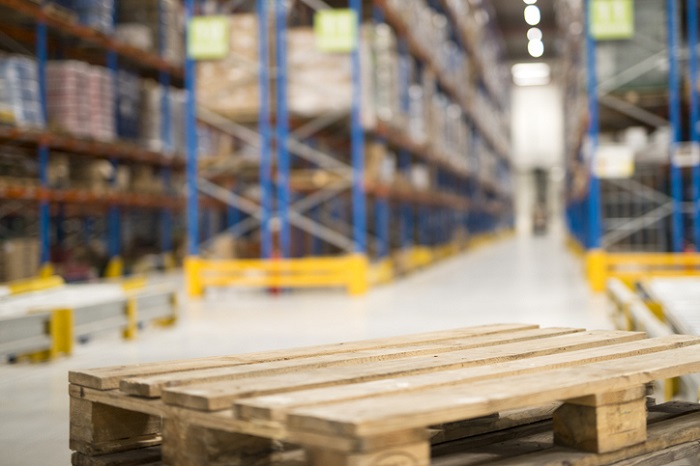
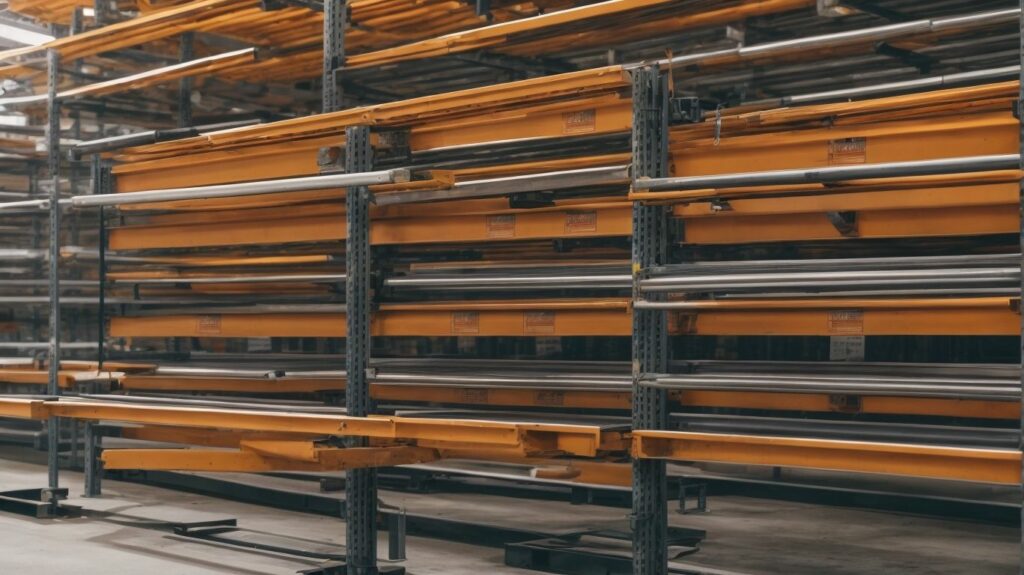

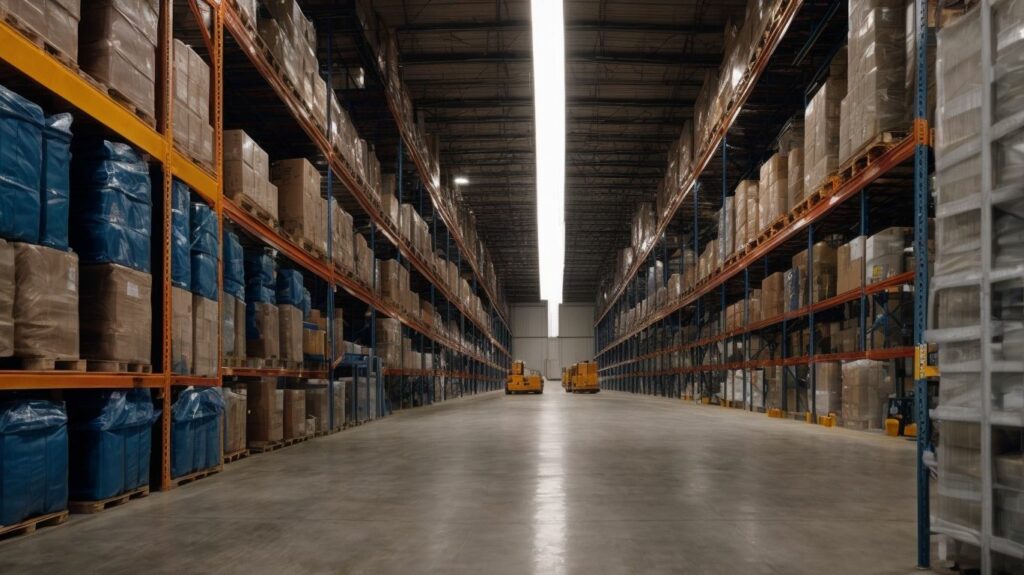

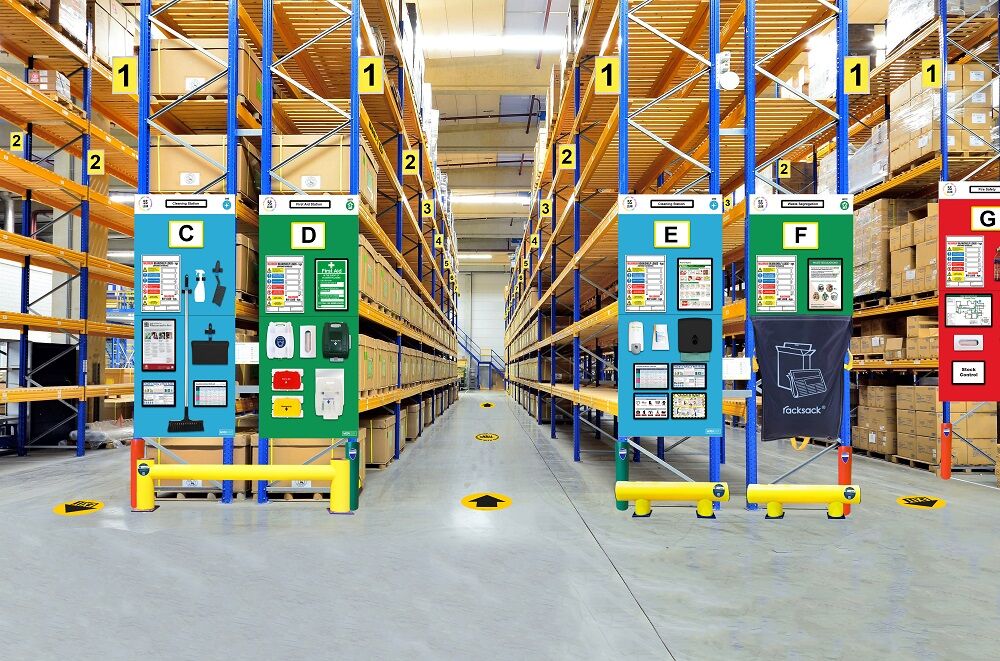
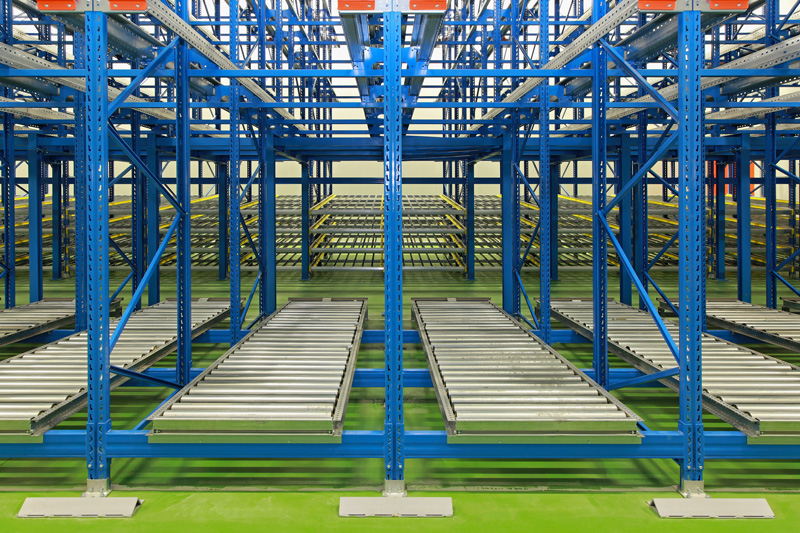
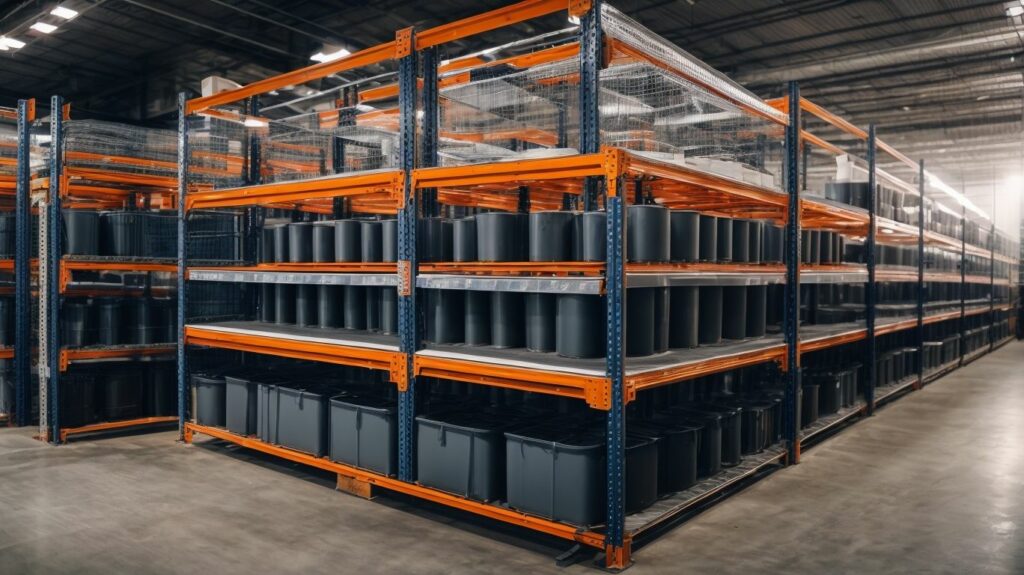
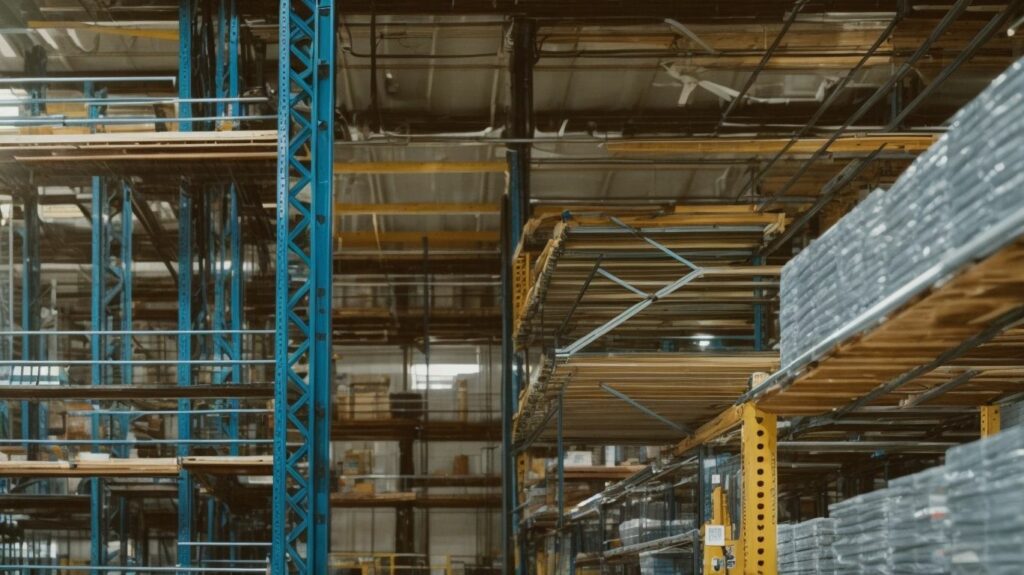

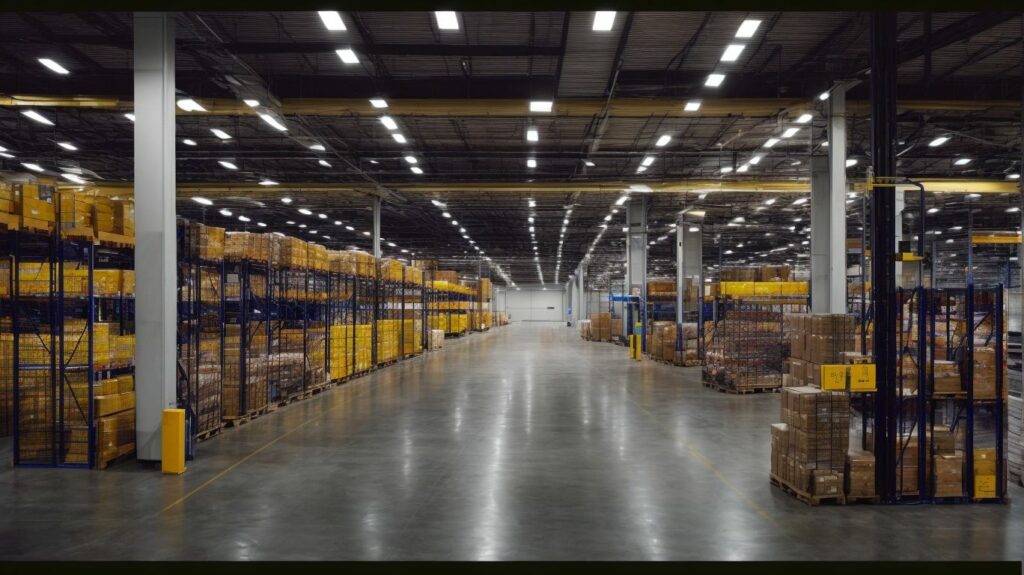
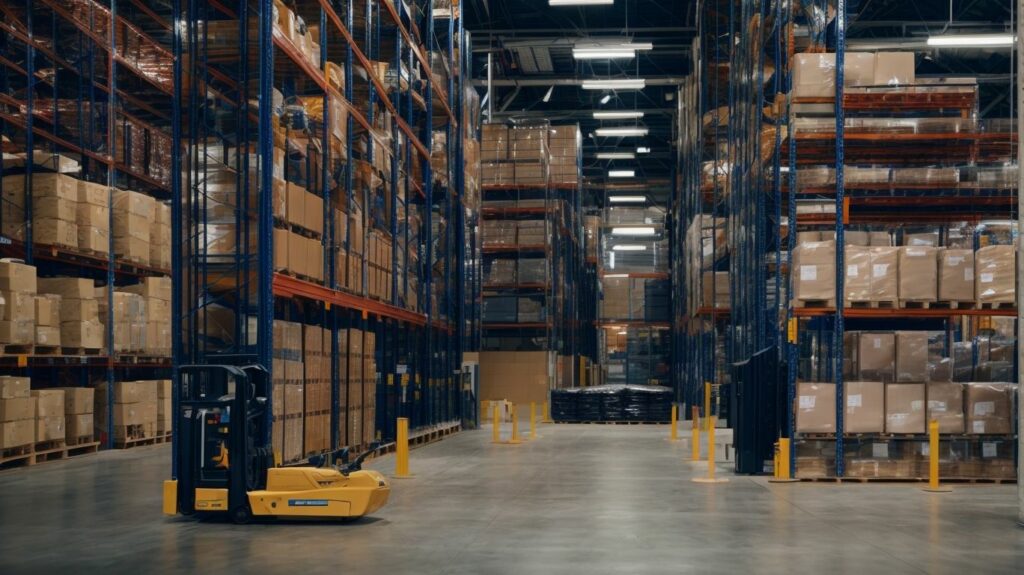
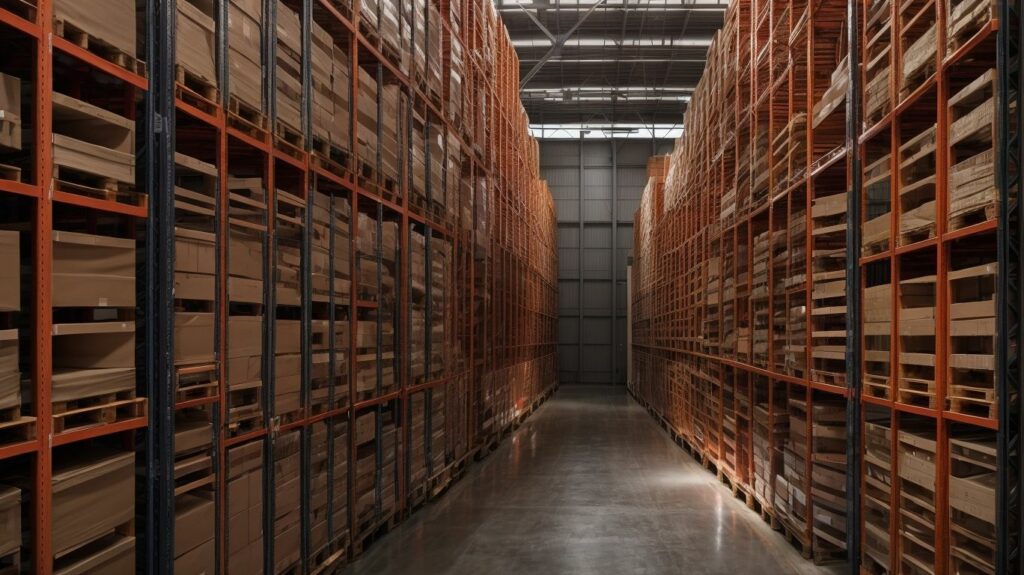
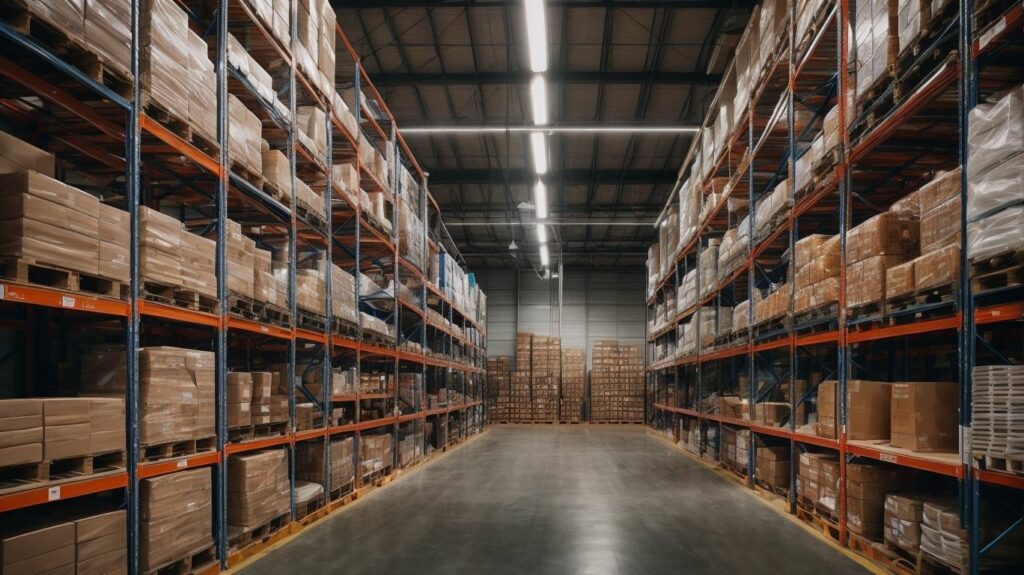
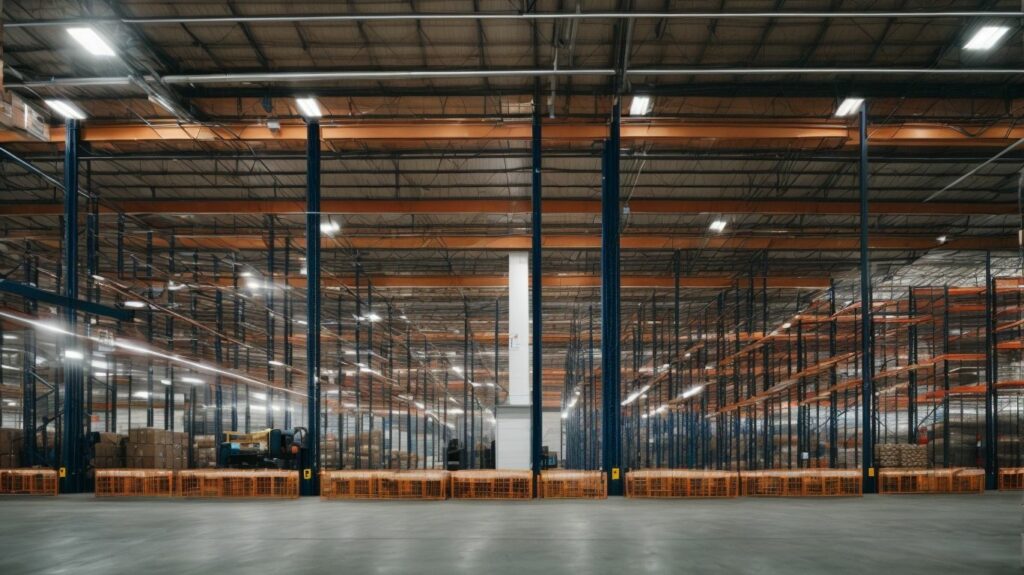
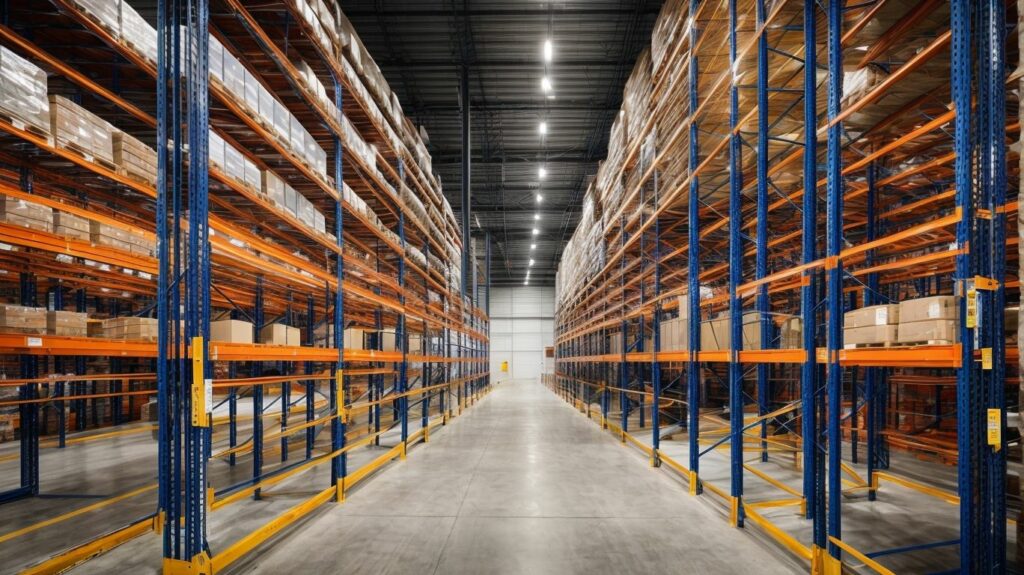
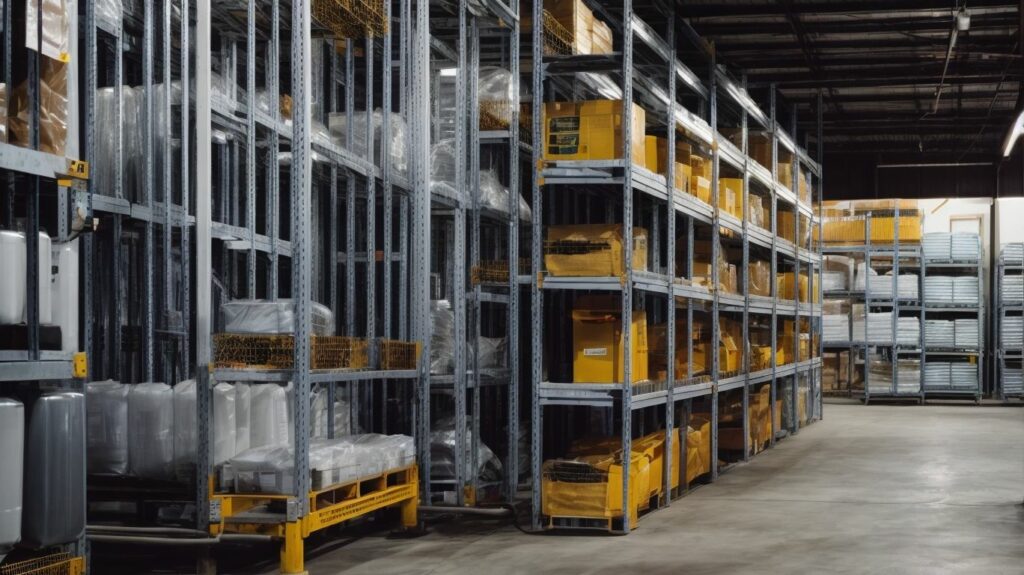
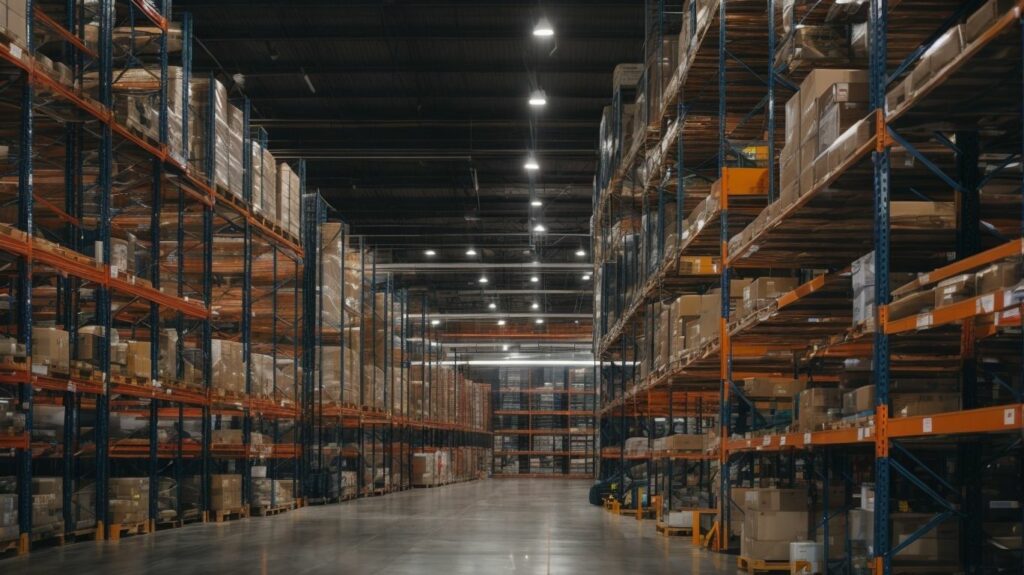

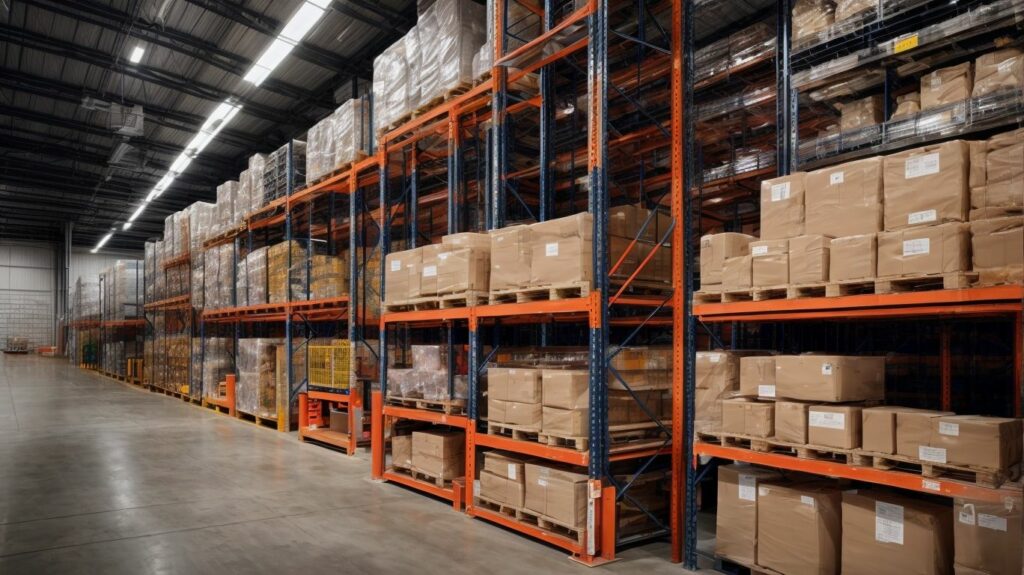
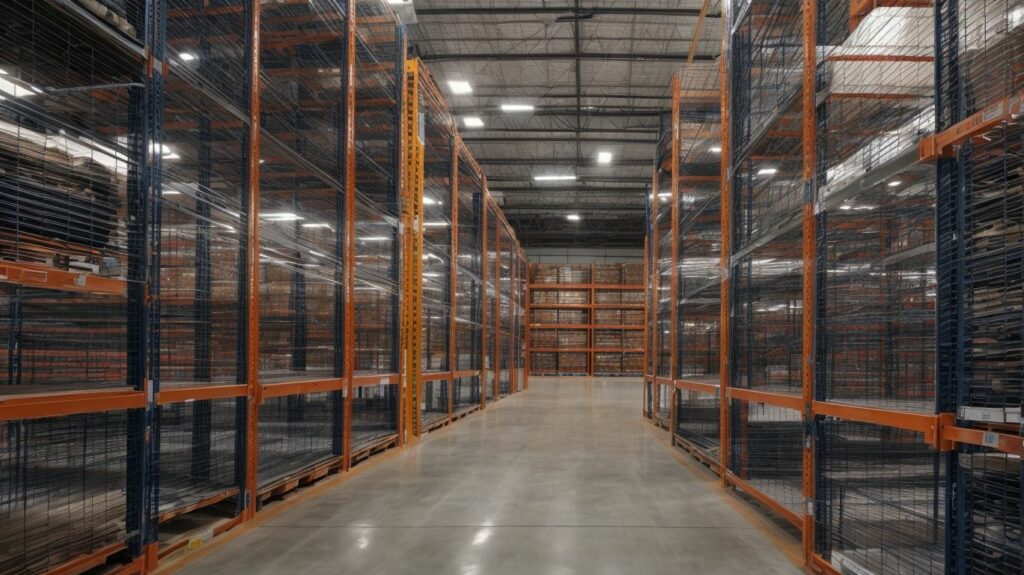



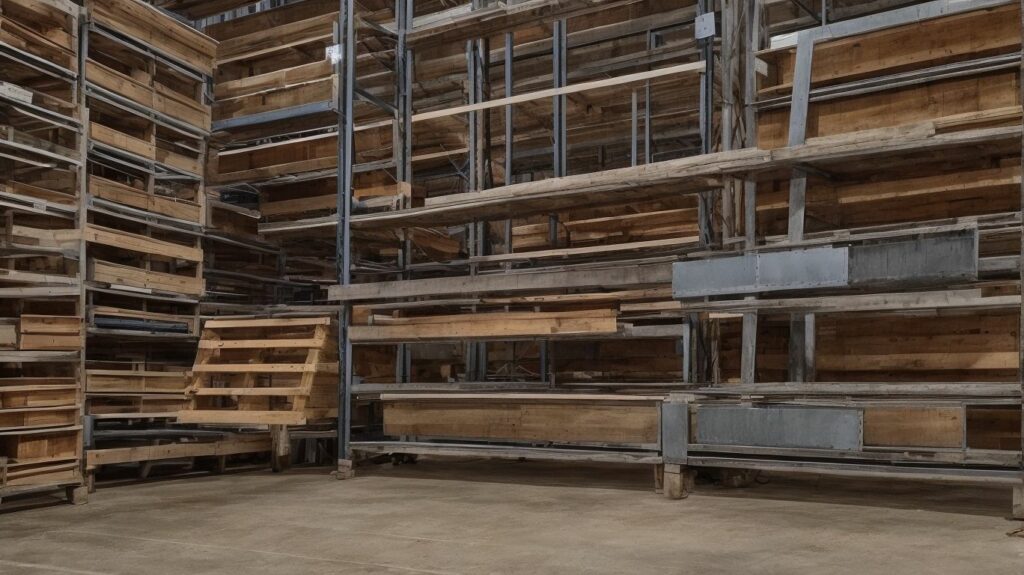

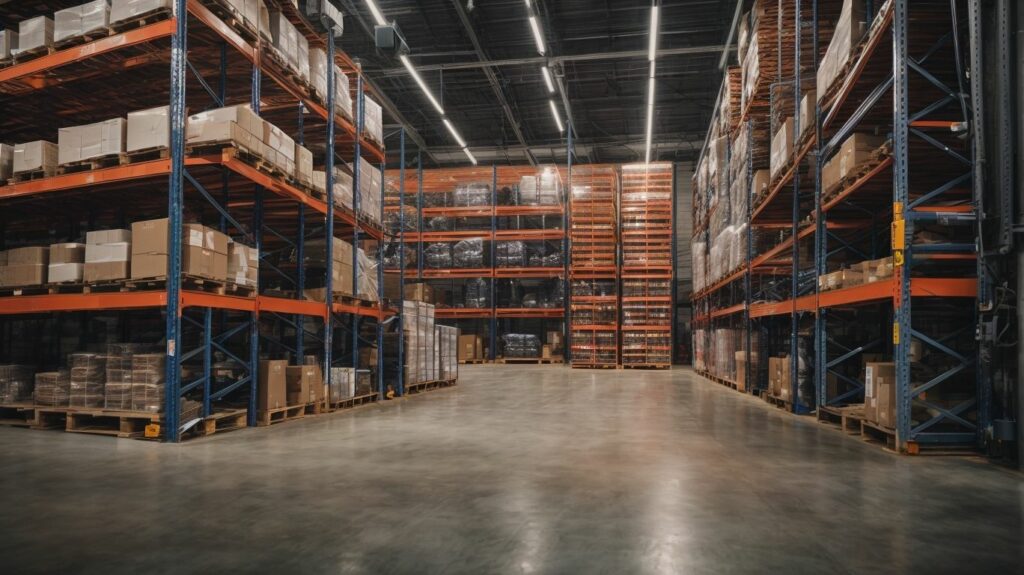
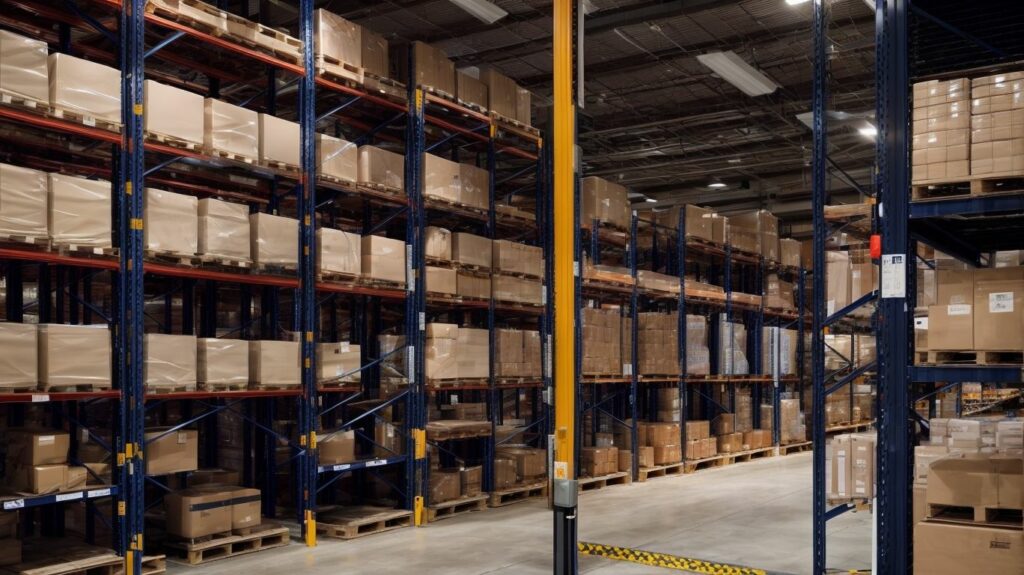
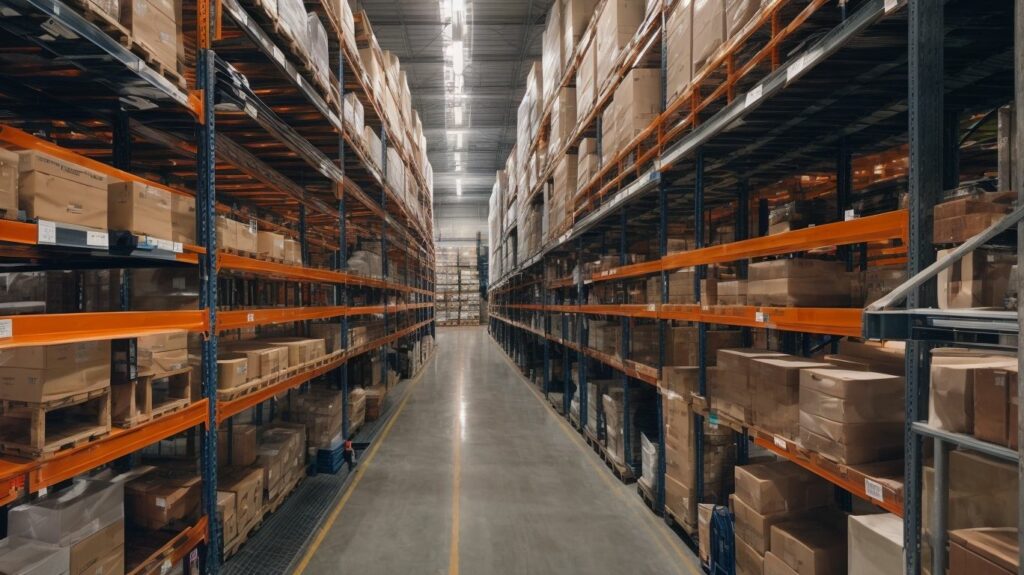
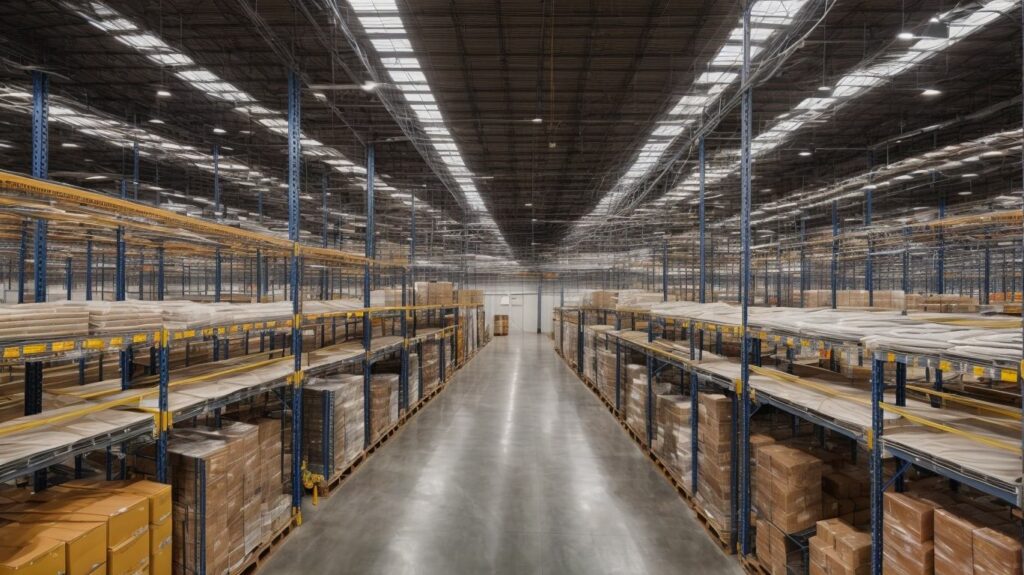

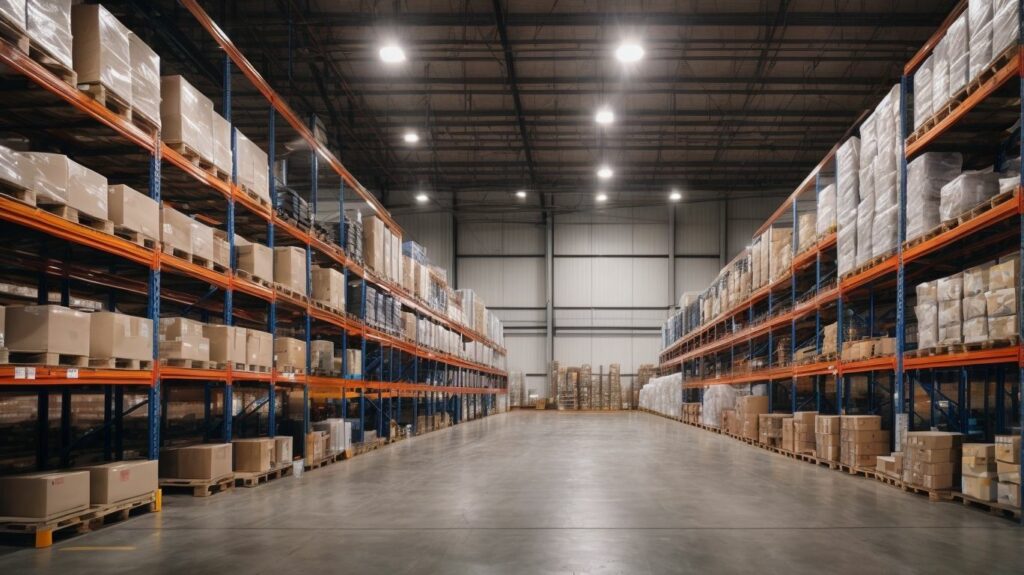


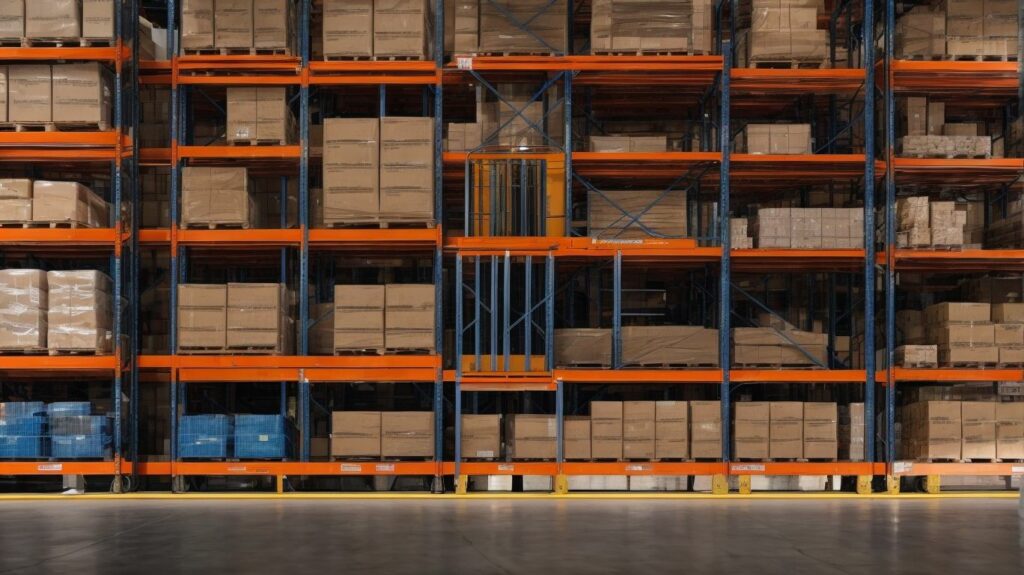
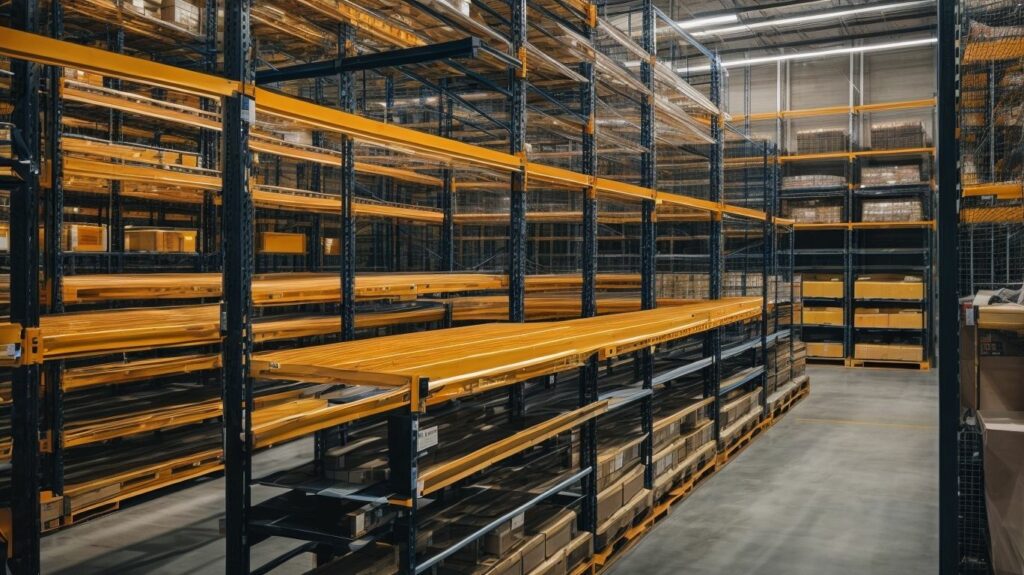


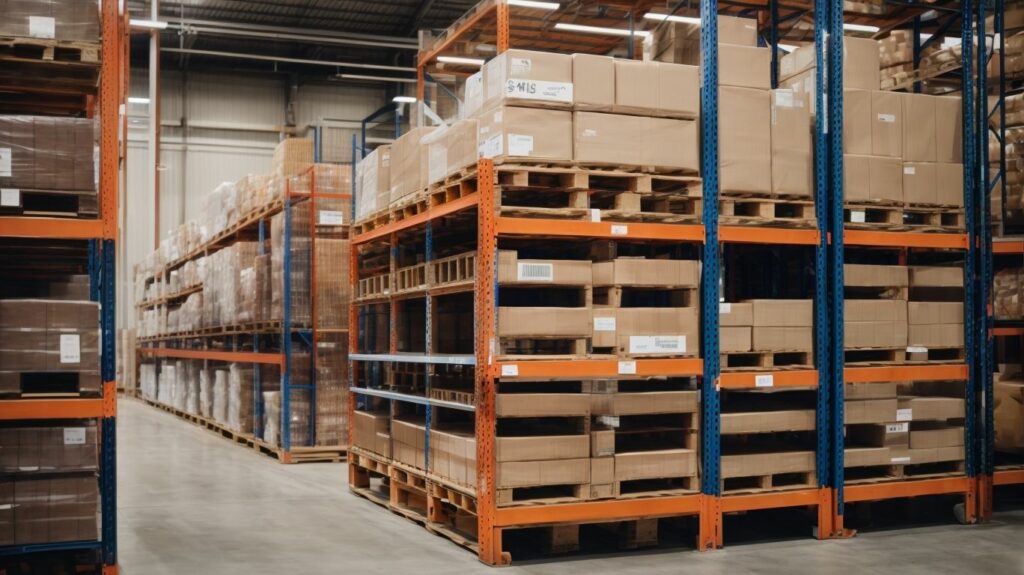

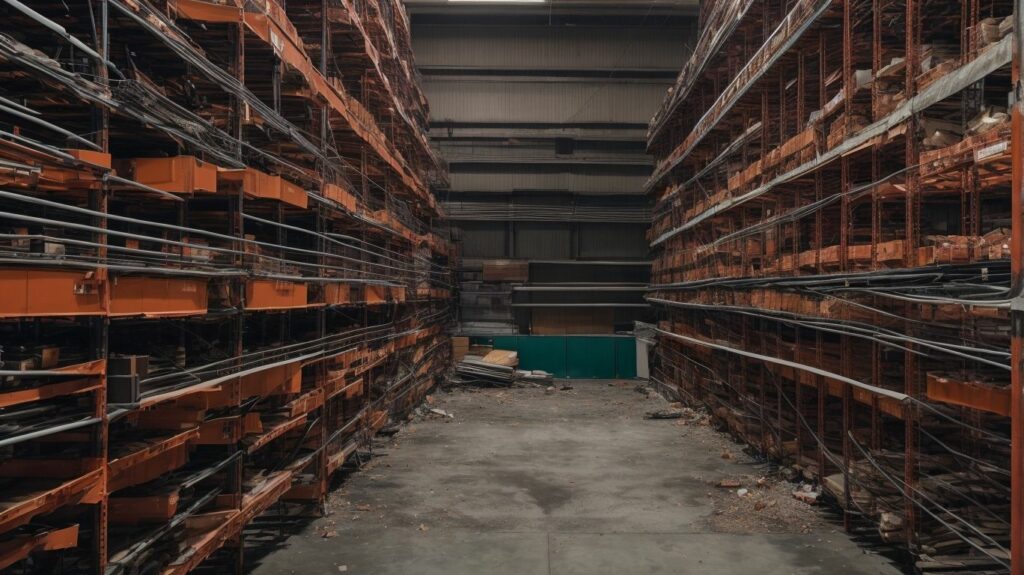
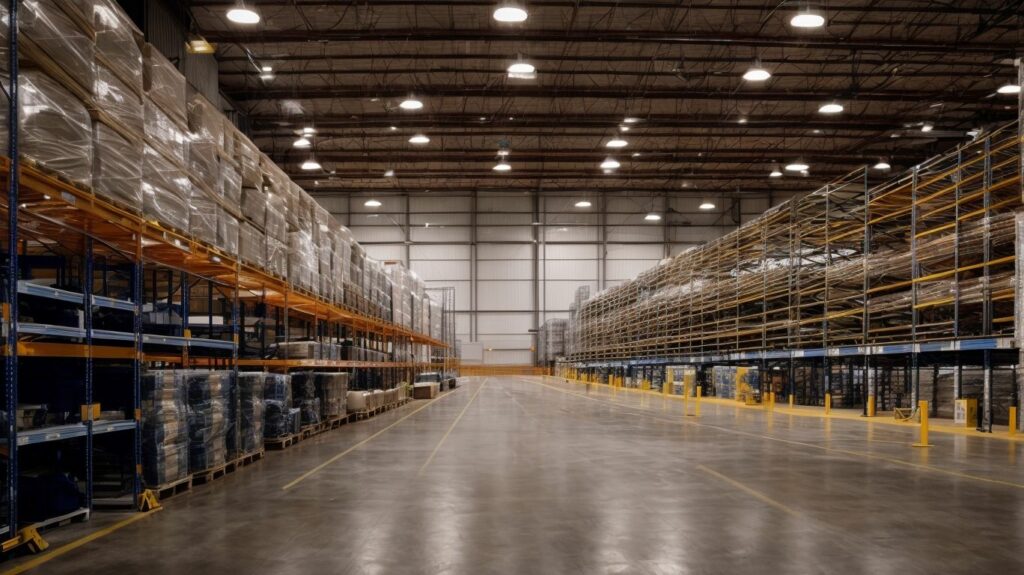
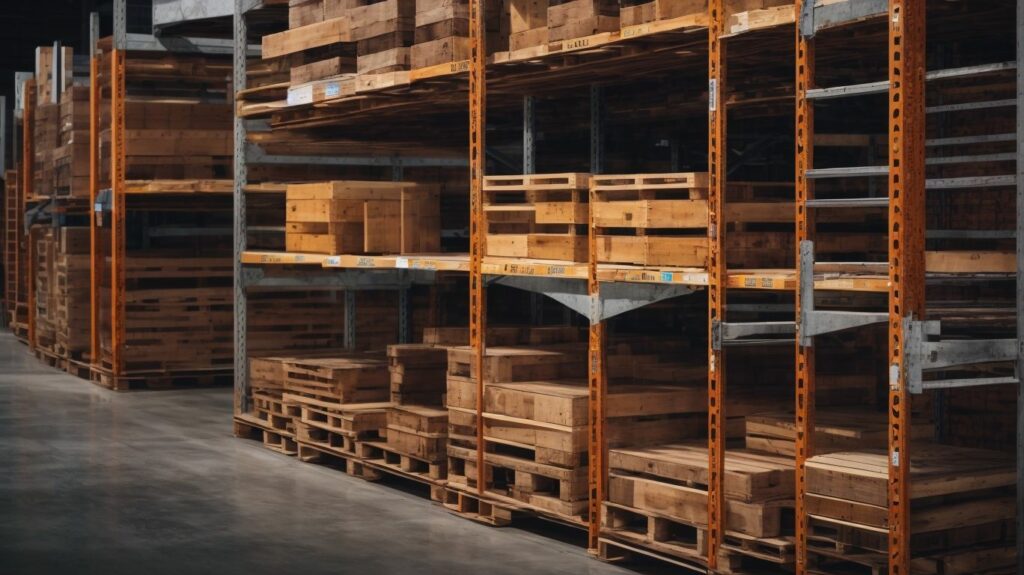
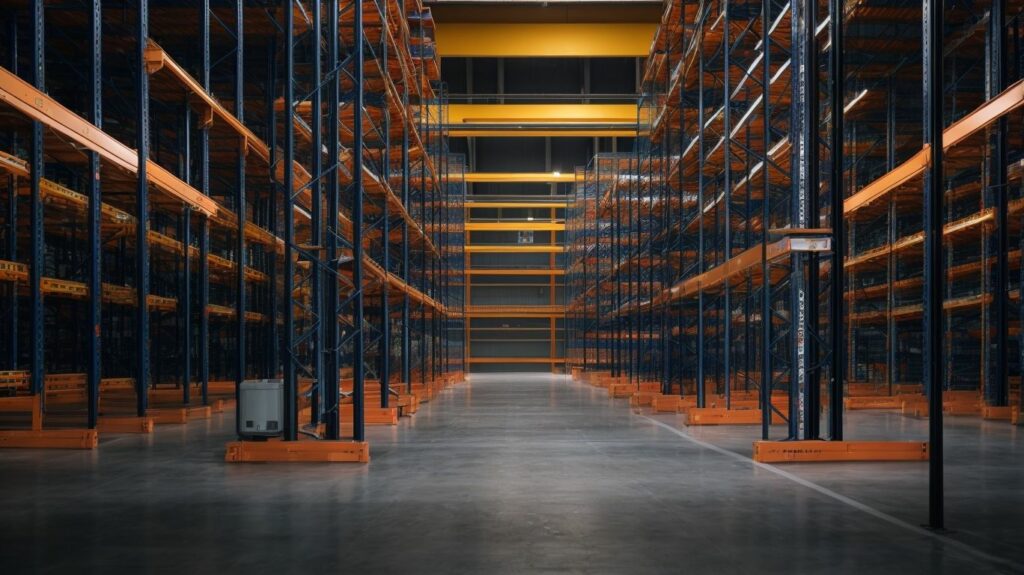


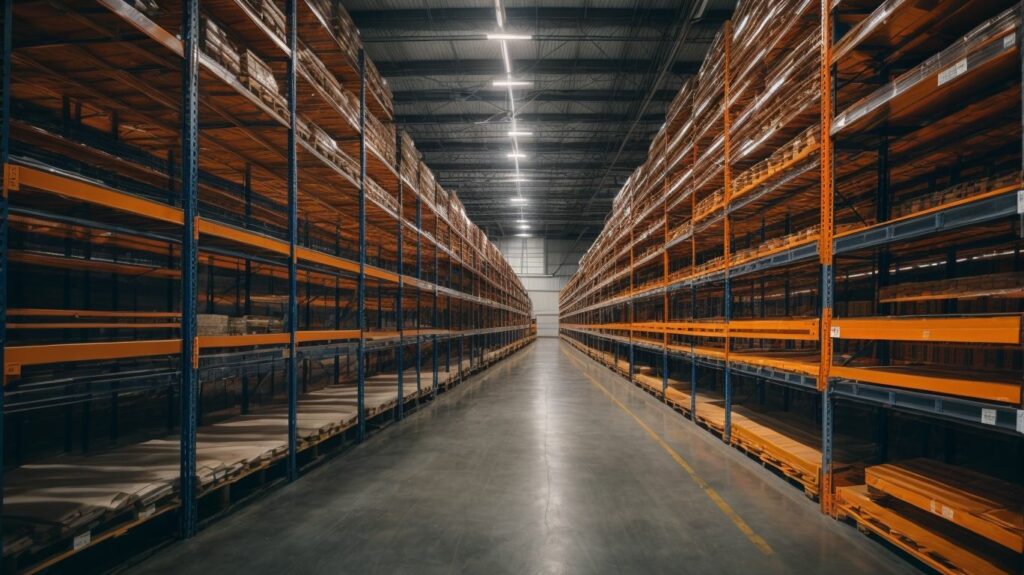
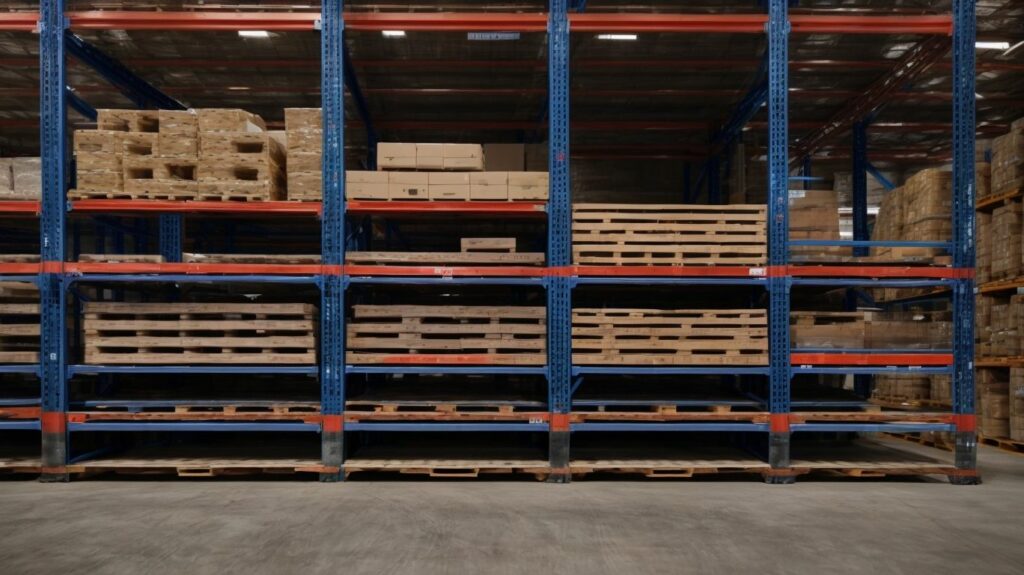
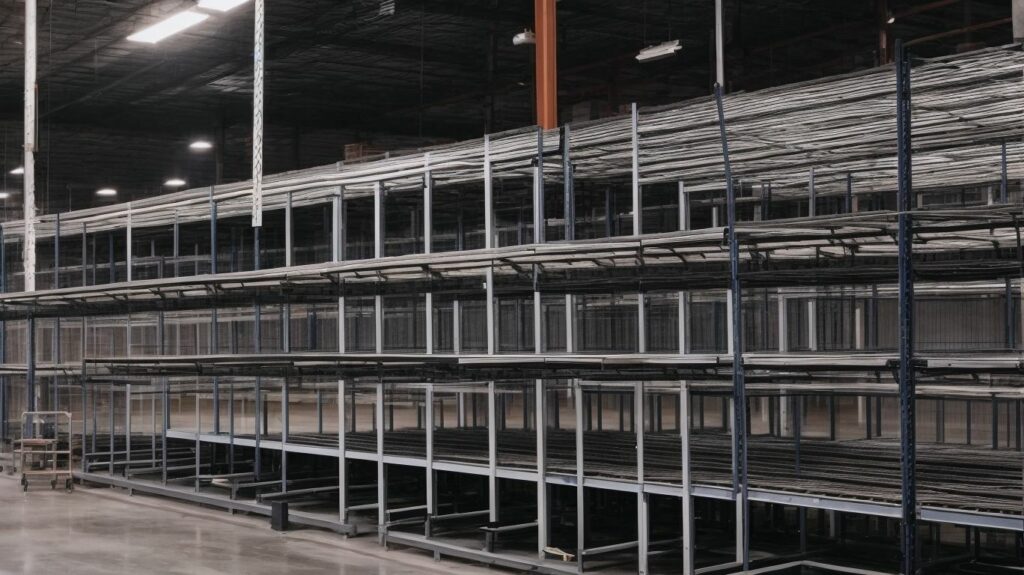
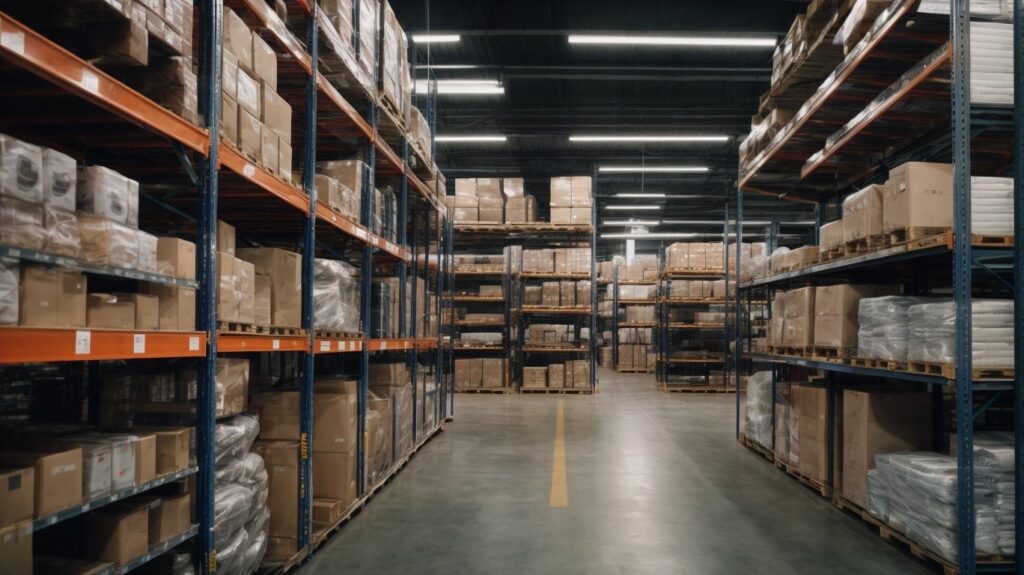
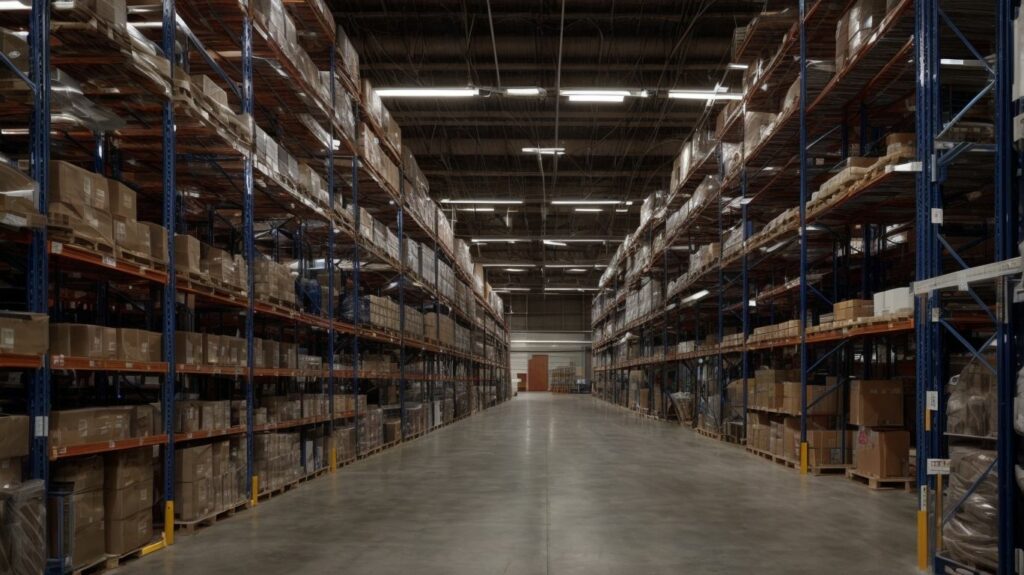
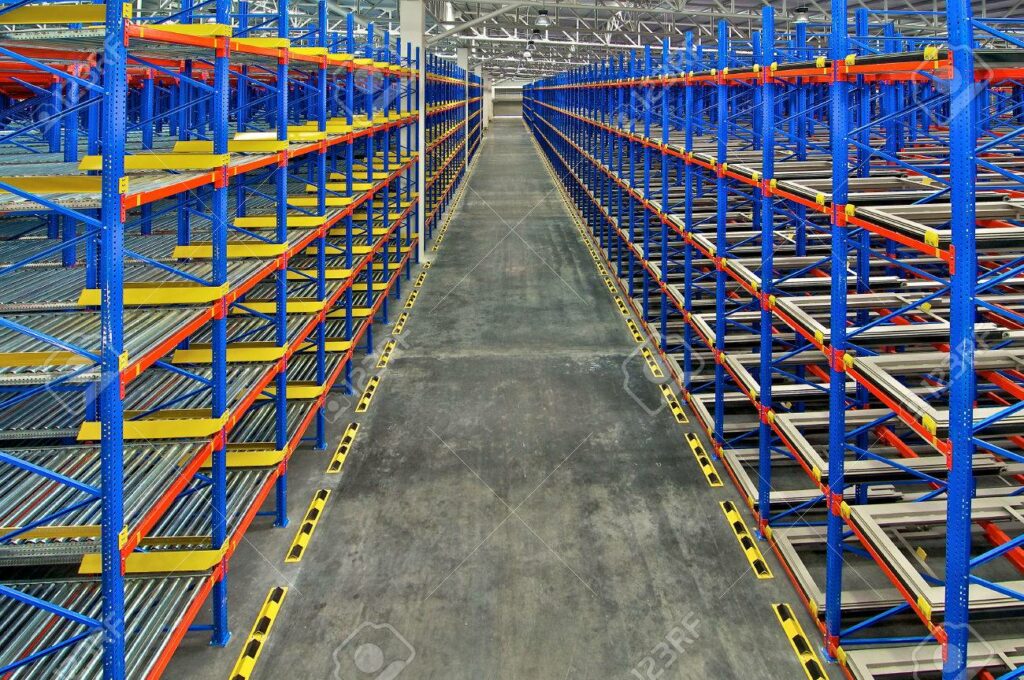
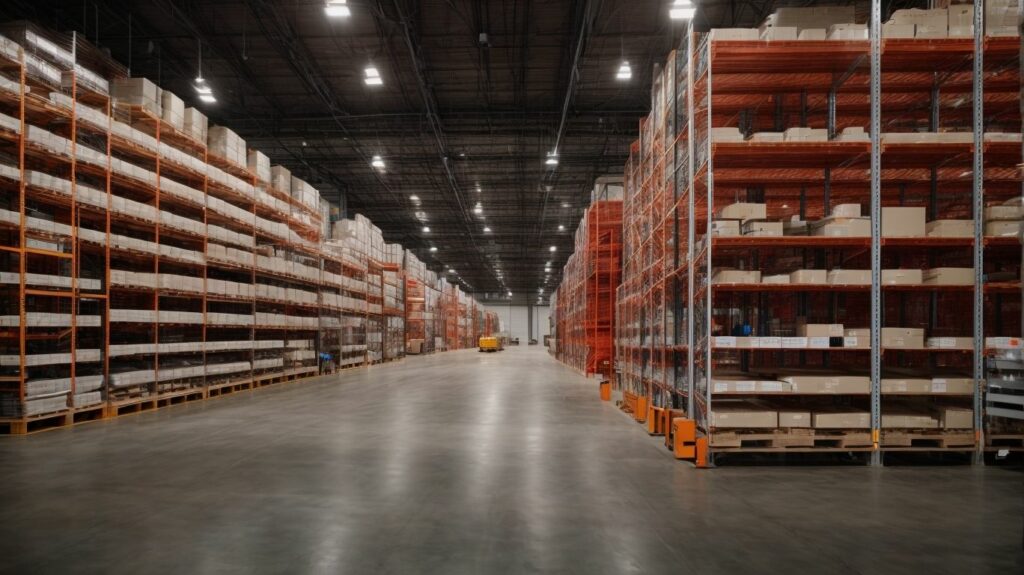
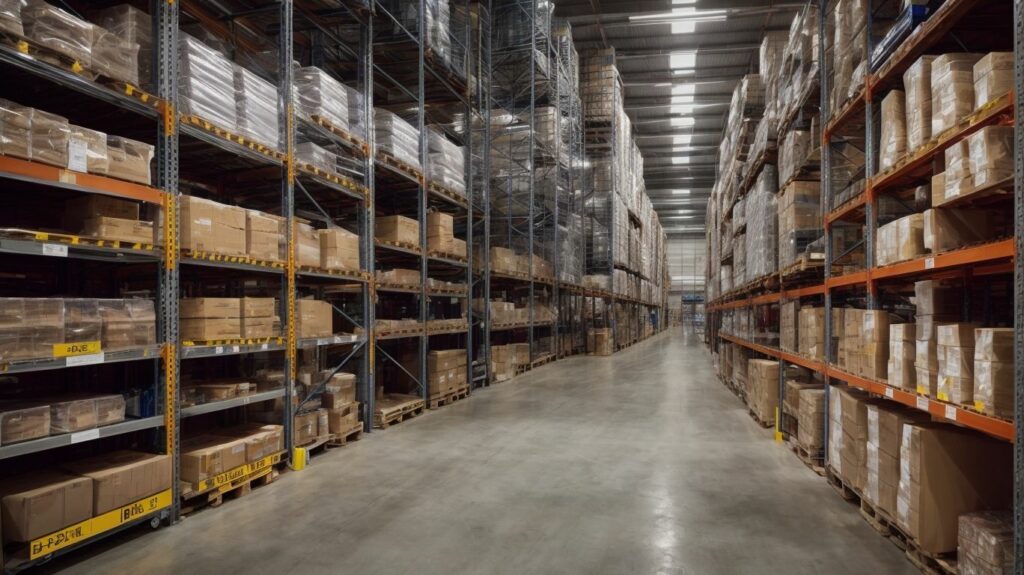
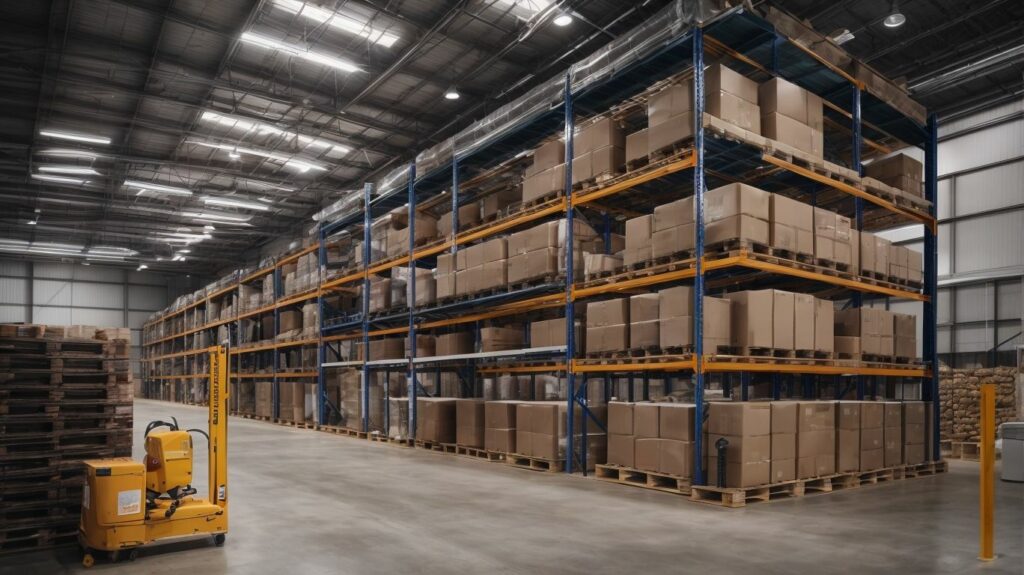

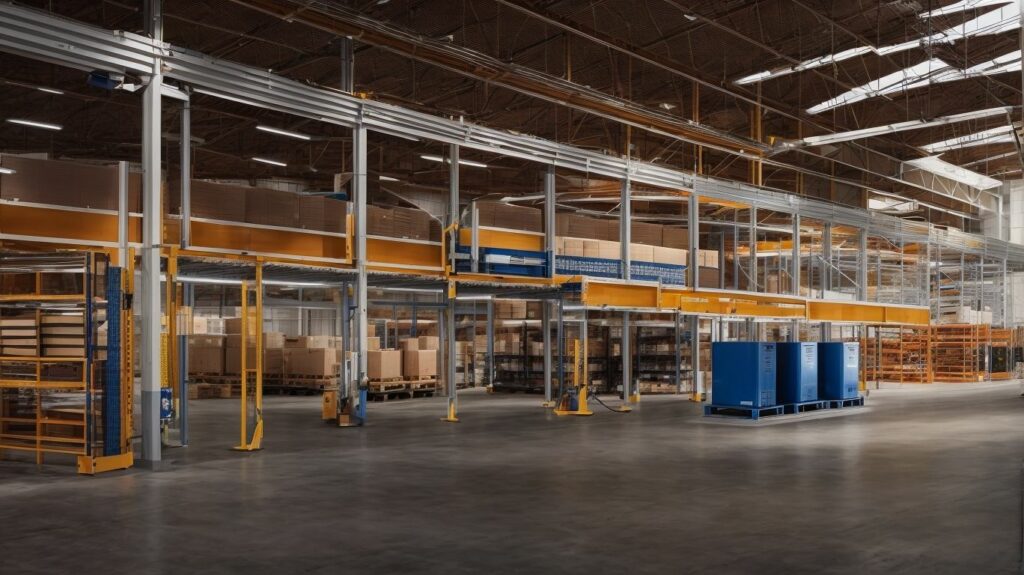

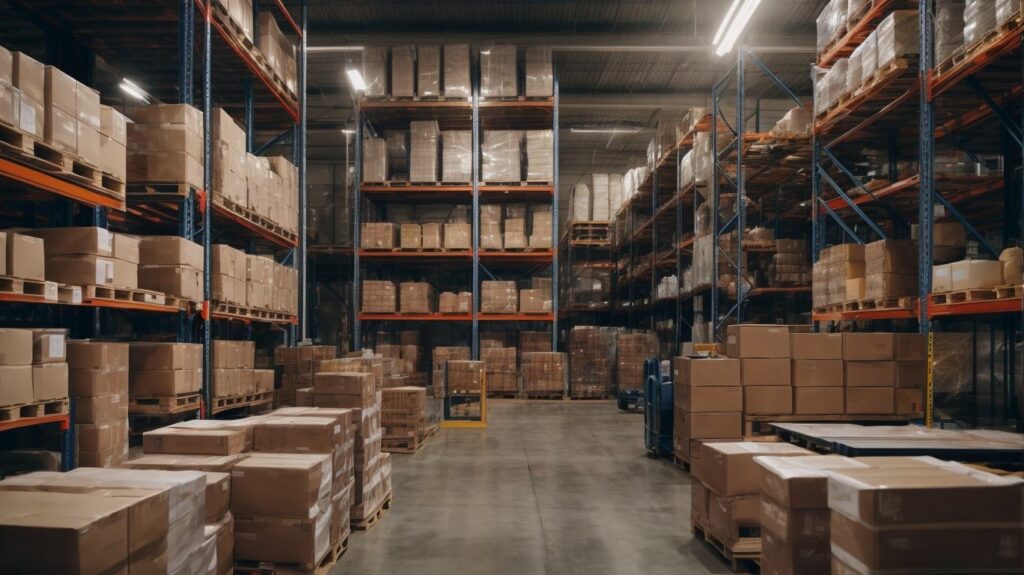

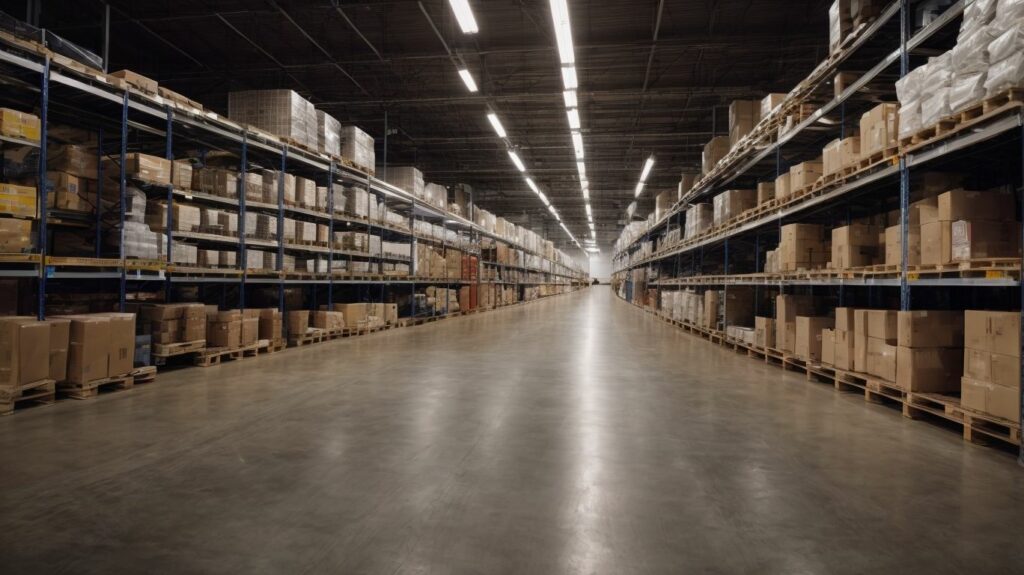
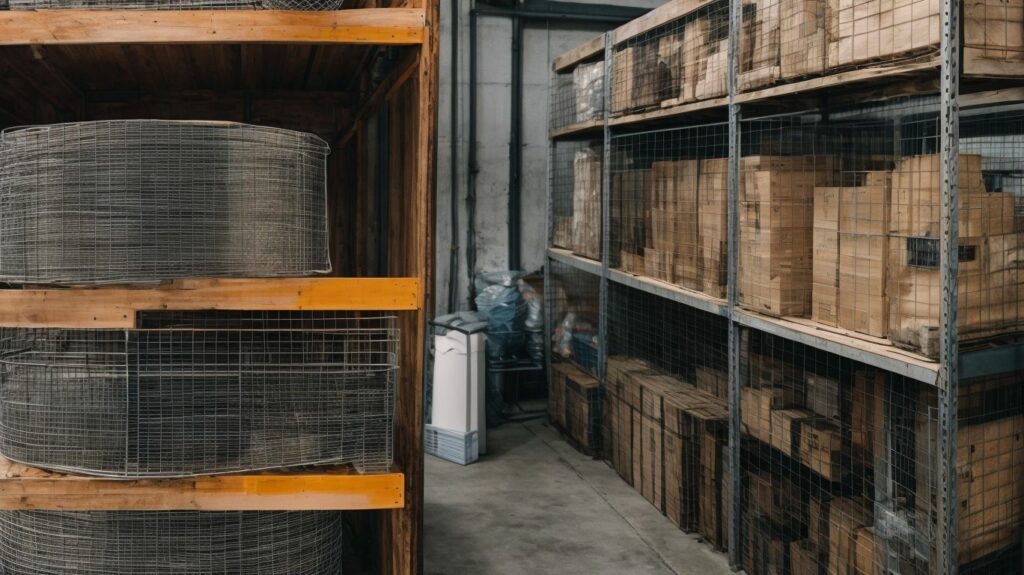
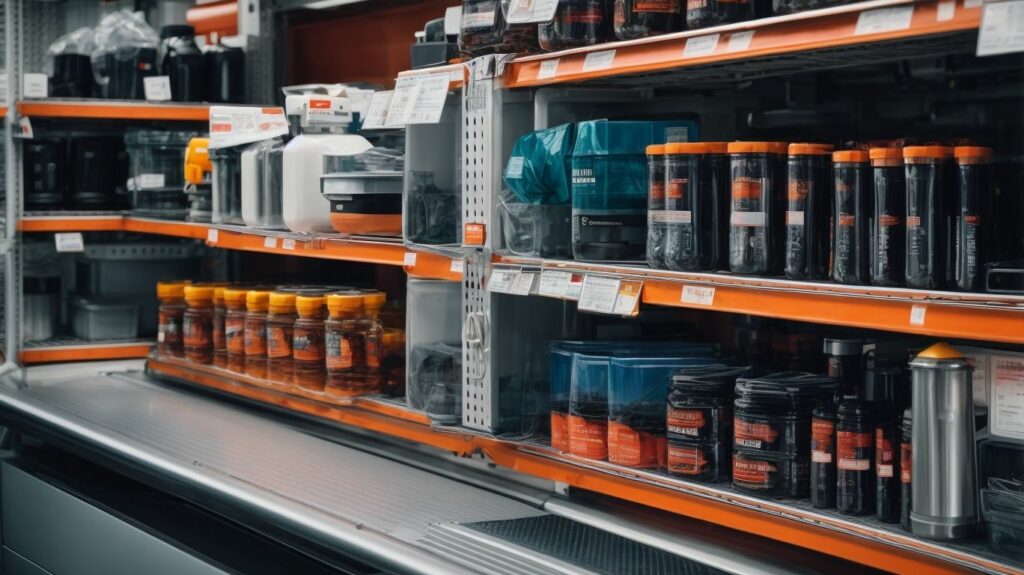


We Aim To Reply To All Enquiries With-in 24-Hours